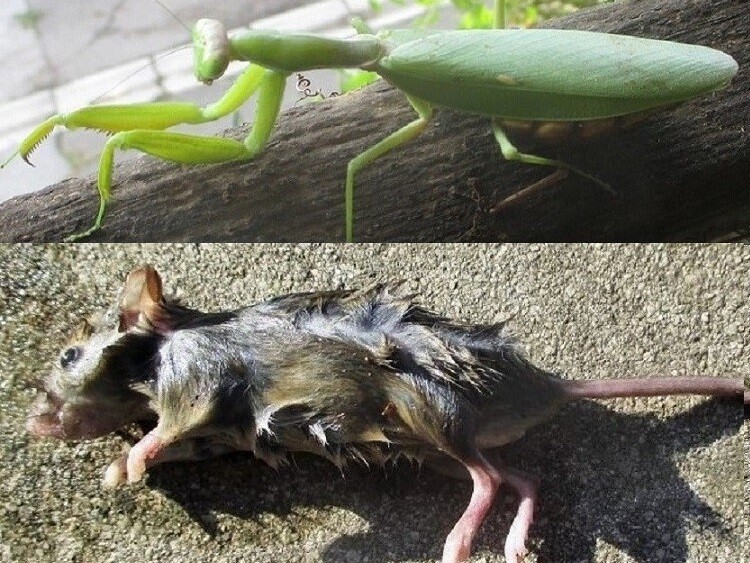

The End of Life/Observer Is the End of the Universe/Observed
Recently I began realizing that my perception of the world is beginning to change in a peculiar way. There are no longer distinctions between more and less important themes or work; both conceptually and visually, everything is becoming equally (un)important. Whether I am walking with my dog around the neighborhood, reading news about the tragic war in Ukraine, washing my hands after going to the toilet, checking the ongoing pandemic statistics, taking a public bus downtown, watching a lecture on YouTube about the Cambrian explosion, fearing death, trying to imagine a self-conscious biosphere, finding an old bone in a bush, writing these words … It’s as if my world has gradually turned from a well-organized 3D structure into a flat, chaotic 2D universe, moving from a state of certain order toward a state of complete disorder. In becoming aware of this change, I thought it might make sense to try and articulate it through writing, and in this way perhaps regain some order in my mind. This is how this “story” came to be.
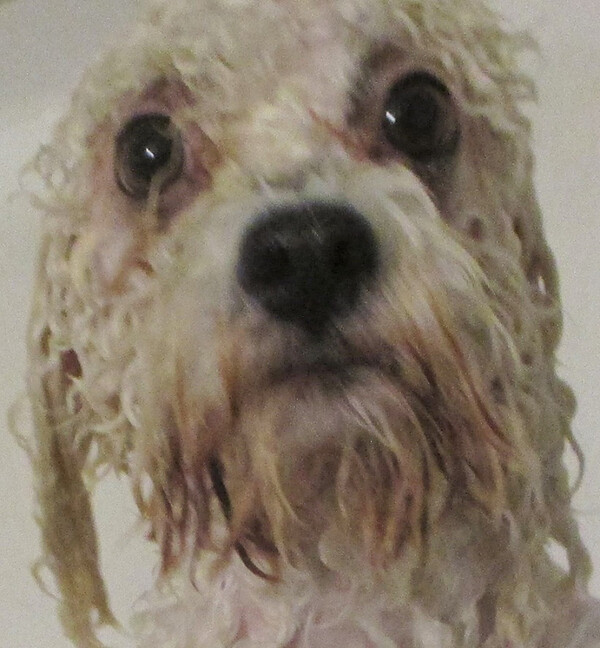

How would the modernizing New York art world have evolved had the Arensbergs not existed, or if Duchamp hadn’t made his way to their door? The Ukrainians, it was said, would rediscover the truth of an aphorism attributed to Stalin: “Quantity has a quality of its own.” Before early Cambrian diversification, most organisms were relatively simple, composed of individual cells or small multicellular organisms, and occasionally organized into colonies. Euler states that he believes this problem concerns geometry—not the geometry well known by his contemporaries, which involves measurements and calculations, but a new kind of geometry which Leibniz referred to as Geometry of Position. Recently, consciousness has also become a significant topic of interdisciplinary research in cognitive science, involving fields such as psychology, linguistics, anthropology, neuropsychology, and neuroscience. There is only a mosaic of social deviations, when the political, because of its immorality, turns into a monstrous one. Next time you poke your head underwater, notice how it is difficult to tell which direction sound is coming from—that’s because it’s traveling so fast that there is no time for you to notice which ear it hits first! Whatever their nature might be, those nonorganic living forms must in some way relate to their environment, at least by being able to distinguish hot from cold, light from dark. A man who was denied entry to the Museum of Modern Art because his membership had been revoked jumped over the reception desk and stabbed two employees on Saturday afternoon, the police said. Skorzeny also trained Arab volunteers in commando tactics for possible use against British troops stationed in the Suez Canal zone. The main character, Sgt. Nick Fury, later became the leader of Marvel’s super-spy agency, S.H.I.E.L.D. The fossil is so immaculate that we can find an absolutely beautiful set of intestines within its body. This is a “tough but fair” article that discusses the harsh reality of tsunami warning capabilities right now in the US system. Knowing this, we thought it would be a wonderful thing to introduce the baby to the sounds of all your voices, the voices we hope the baby will get to know out here in the world one day soon. The easiest way to determine if your comics fall into the “good” category is by looking at the cover price. In many concentration camps, hair was routinely shorn from prisoners, usually on arrival. Often cast as an intellectual, Hurt starred in films such as Lost in Space, but was also effective in other kinds of roles, as in I Love You to Death and David Cronenberg’s psychological drama A History of Violence (2005). As conditions in the city have grown direr and the death count has surged, word of the humanitarian catastrophe has leaked out through intermittent phone calls, shakily shot videos, and testimony from the handful of aid groups still working in the city. Air crash investigators have pulled most of the drone’s remaining parts from a large crater it created on impact, including a partly damaged black box that should reveal the drone’s flight path. Speaking from his home office in Topanga Canyon, Dechant drills into the old movies that helped inform this Macbeth and explains how something called the Moss-o-Matic added oomph to his spartan sets. As is the case with verbal languages, it might be possible to define different grammars based on visual properties that would enable establishing a variety of visual languages to think in pictures, to understand and interpret the world and ourselves visually. A pregnant woman who was photographed being stretchered out of a bombed maternity hospital in Mariupol last week has died, along with her baby. Albert Mayer developed a superblock-based city interspersed with green spaces with an emphasis on cellular neighborhoods and traffic segregation. Research by media organizations and human rights groups has shown that police routinely execute unarmed drug suspects and then plant guns and drugs as evidence. An experiment conducted by scientists from the University of Tokyo has now reinforced the view that RNA’s unique talents have what it takes to explain how life bubbled forth billions of years ago, backing up what’s known as the “RNA world” hypothesis. There are moments in the film where the visual effects may be slightly insufficient, but hopefully never distracting. You can twist your brain into knots thinking about the implications of time travel. Personally, I really hope intelligence stays around, at least long enough to set up a way to von Neumann seed the rest of the galaxy with life, even if it’s just lichens—that’d be enough to kick off evolution on those planets. We may soon be eating bespoke diets for our microbiome, taking drugs to improve our brains, and genetically modifying our unborn children to prevent disease. Theoretical, statistical, and analytical topics within the broad area of molecular evolution: in particular, elucidation of the relative roles of mutation and drift versus purifying selection in determining the pattern of nucleotide substitution, the dynamic and static features of the compositional architecture of genomes, and the relative fractions of functional and nonfunctional fractions of eukaryotic genomes.


The destiny of each individual organism is of no relevance for the entire biosphere, in the same way that a particular cell is of no relevance for the entire organism; a single mRNA is irrelevant for the cell metabolism; and a particular phosphate is irrelevant for an mRNA molecule. Each of these components is not unique within its structure and can be replaced while maintaining the functionality of the larger entity.
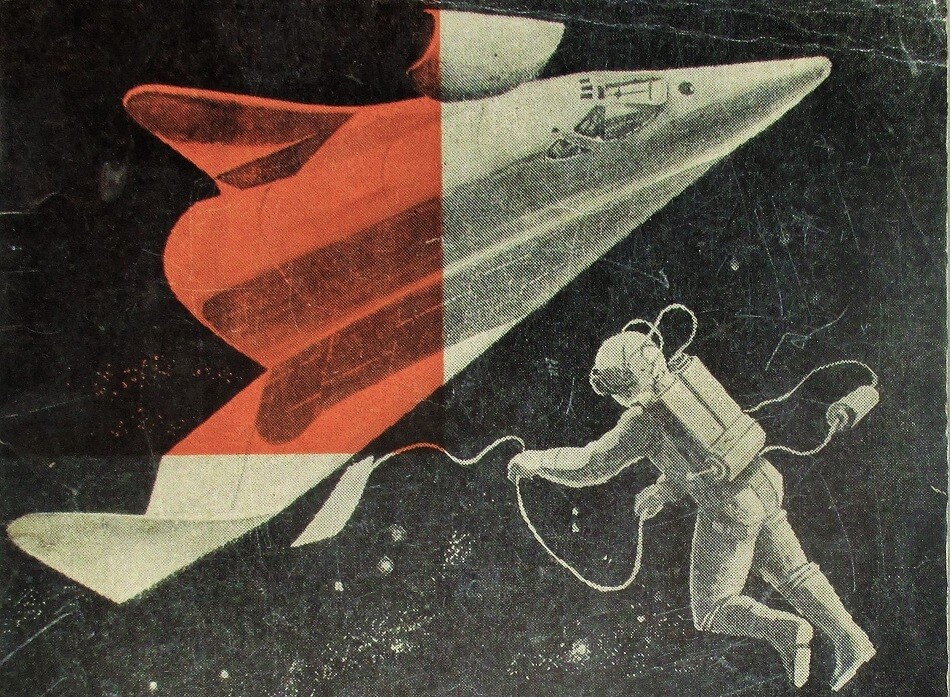

Then on the level beyond the entire biosphere, the question is: What might be the larger living entity that has a biosphere as its building block?
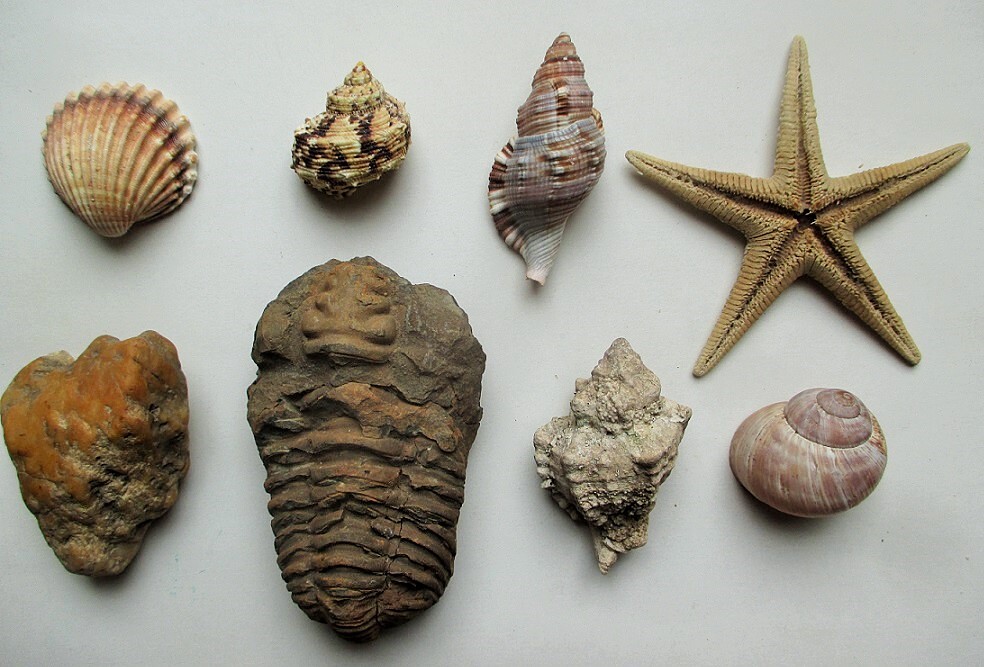

In the same way that it would have been impossible to anticipate the emergence of complex multicelled organisms like humans from within the “bacteria world” three billion years ago, it is hard for us to imagine a larger living structure beyond the scale of the current biosphere.
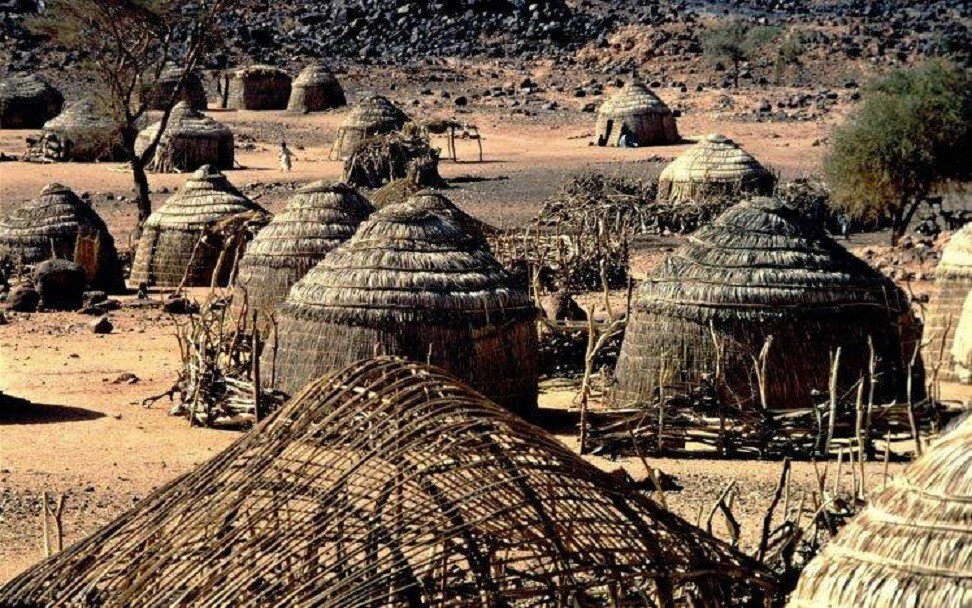

The biosphere during the age of bacteria was very different from today’s, and it is impossible to anticipate how it will develop in the future—as a single living entity or possibly as one part of a much larger living structure/organism. Or, as the largest living entity, it would represent the last stage of the evolution of life on earth.
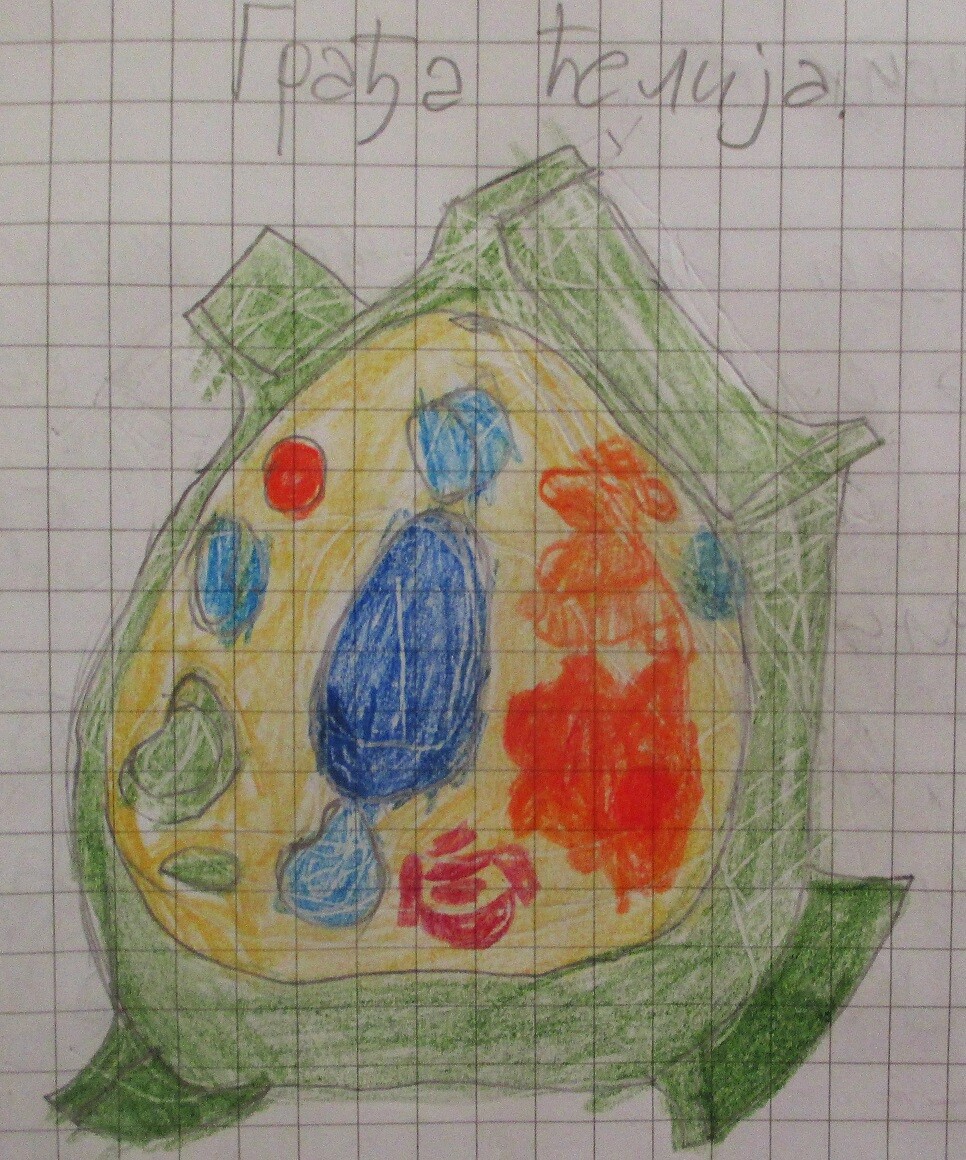

On the other hand, each of these components has its “own life,” and remains unaware of the role it is playing within the larger structure. If there is self-awareness of the biosphere as a single living entity, it will most likely be the first case that includes conscious components. Not only particles and waves move through space, but also the processes and relationships—for example, cell metabolism or even something like our thoughts—that maintain their continuity.


If human colonies and their corresponding ecosystems are established on the moon, Mars, and other planets/moons, there is a chance that in some very distant future they will form biospheres of their own that hold the possibility of becoming conscious. Then the biosphere on earth could establish a larger living structure together with those other biospheres.
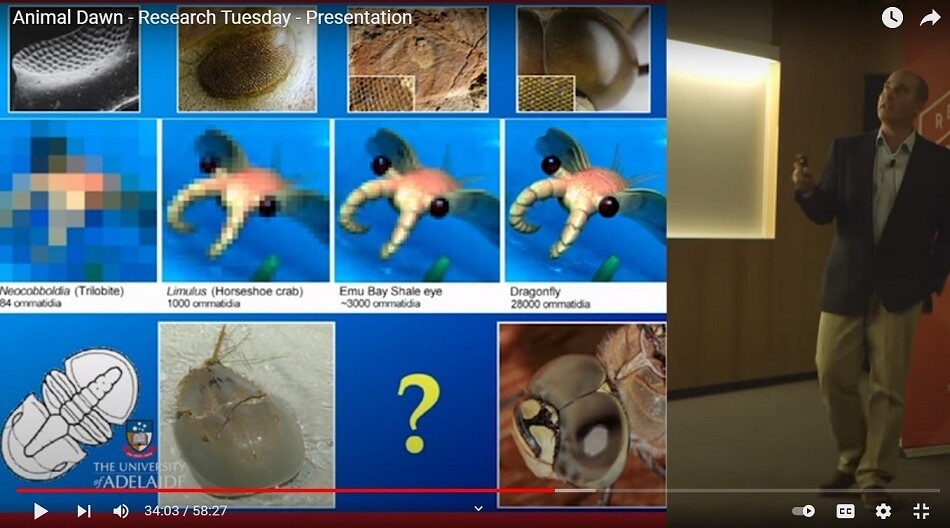

Growing interest in exoplanets and extraterrestrial life—and all the resources devoted to this endeavor over the last several decades—could also be an expression of the biosphere’s desire to find out whether there is life beyond earth, or whether we are entirely alone in the universe.
Establishing and maintaining the distinction between “in” and “out” (later materialized through the membrane) is the fundamental property of life. The membrane separated and protected living molecules inside its space (“territory”) from the outside.
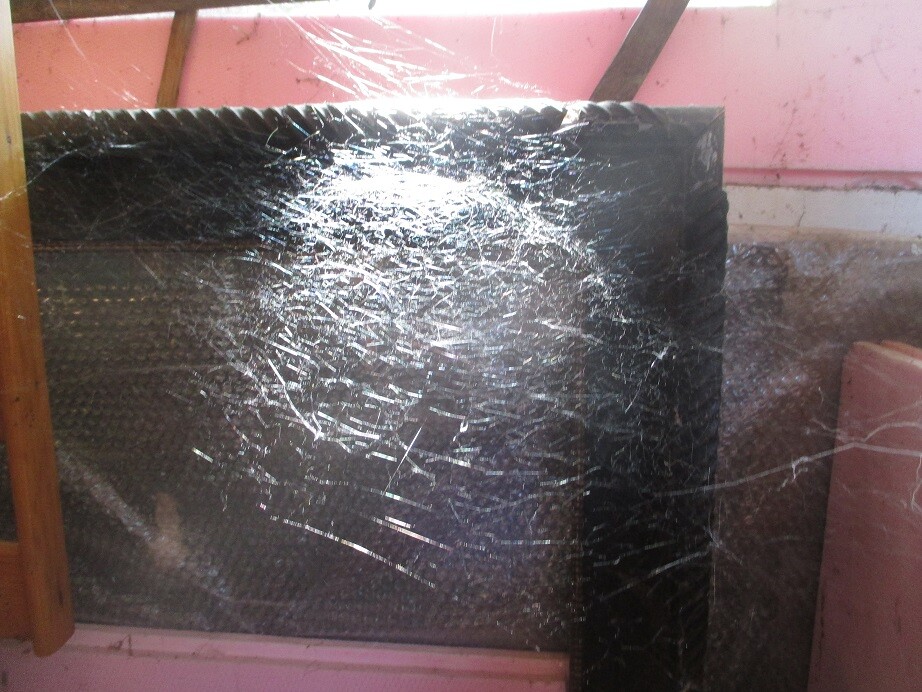

This is how the distinction between “I” and “not I” became possible, enabling the exchange between “in” and “out” through this separation “line.” It is a kind of metabolism that involves observation: hot, cold, light, dark, silence, sound (vibrations).
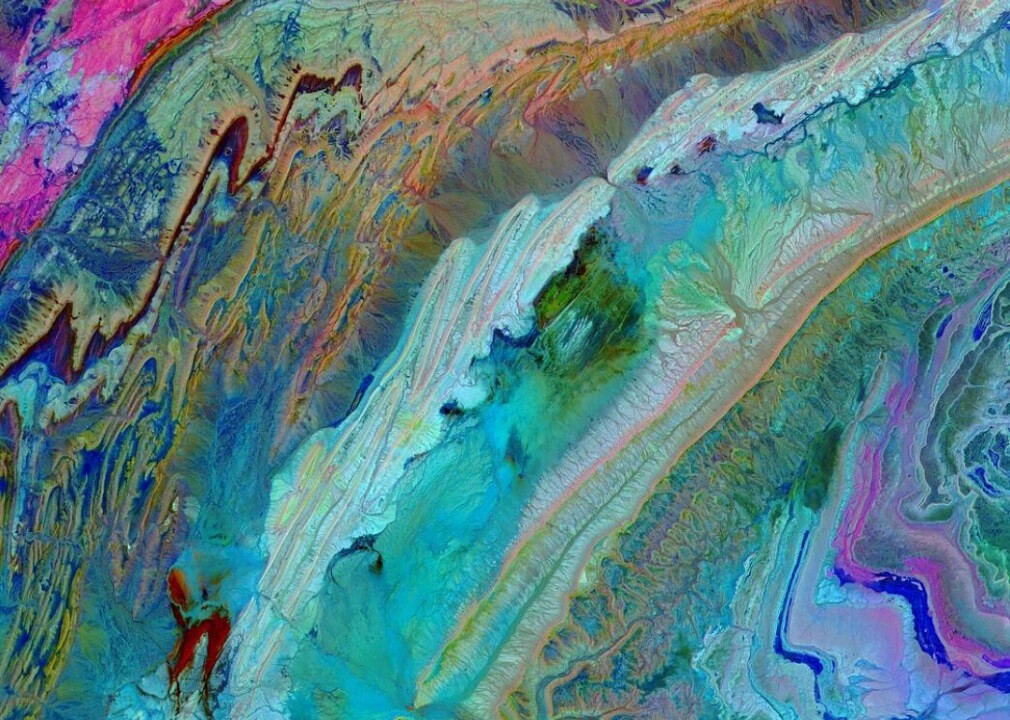

Awareness of the “outside” from “within” requires some kind of memory. Without memory there is no “recognition” of previous experience, there is no observation.
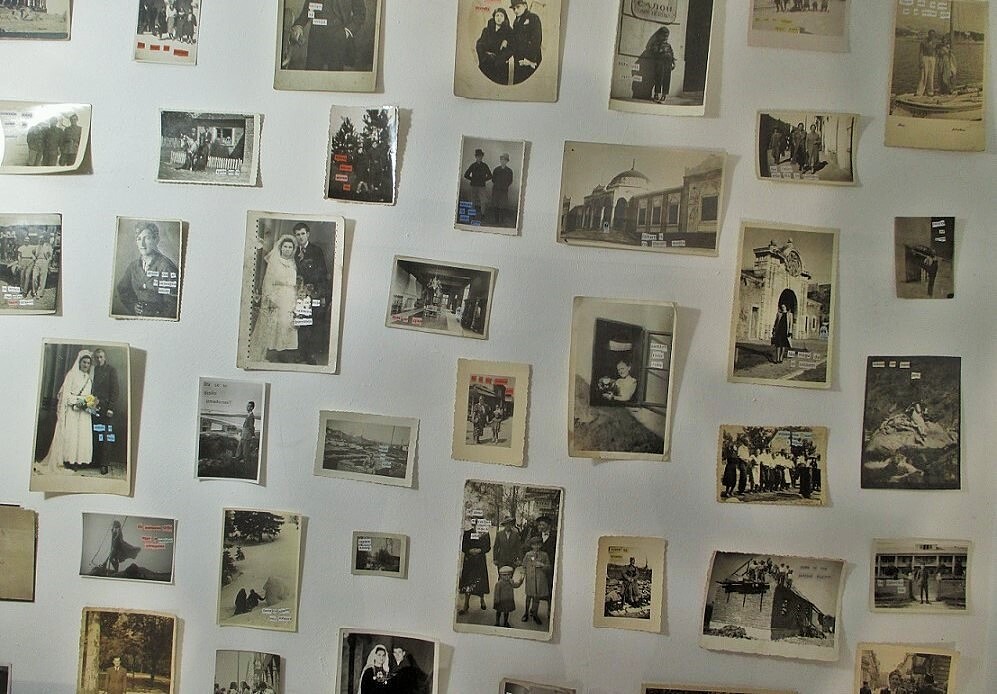

A recent study shows how a molecule that remains crucial to the survival and reproduction of every living thing today can inch its way towards an evolving system if it works with it as a team.
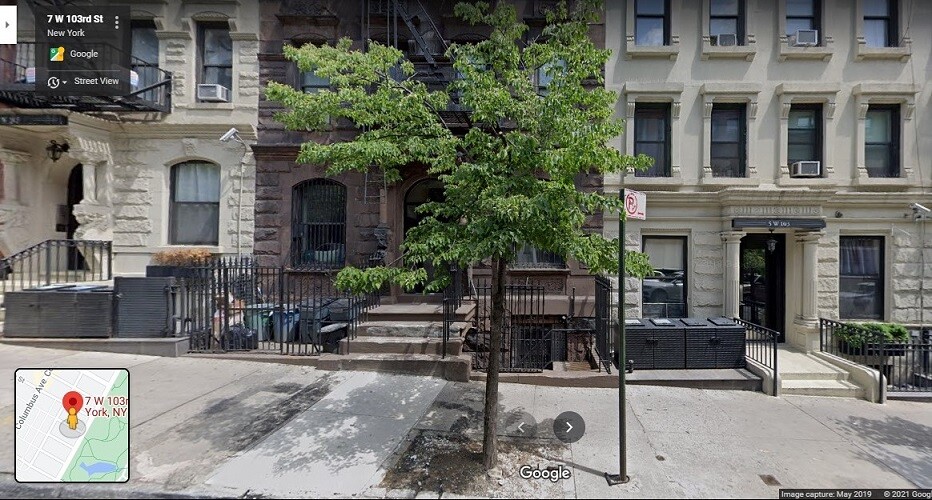

“We found that the single RNA species evolved into a complex replication system: a replicator network comprising five types of RNAs with diverse interactions, supporting the plausibility of a long-envisioned evolutionary transition scenario,” says evolutionary biologist Ryo Mizuuchi.


I try to imagine myself as a biosphere just “waking up” as a conscious living being. This would probably happen gradually, but at some point I would begin to realize that I happen to be in a very strange and unpleasant situation. I move alone through space tied to a rotating rock with one side warm and exposed to light (the sun), and another side that’s cold and dark with one large bright spot (the moon).
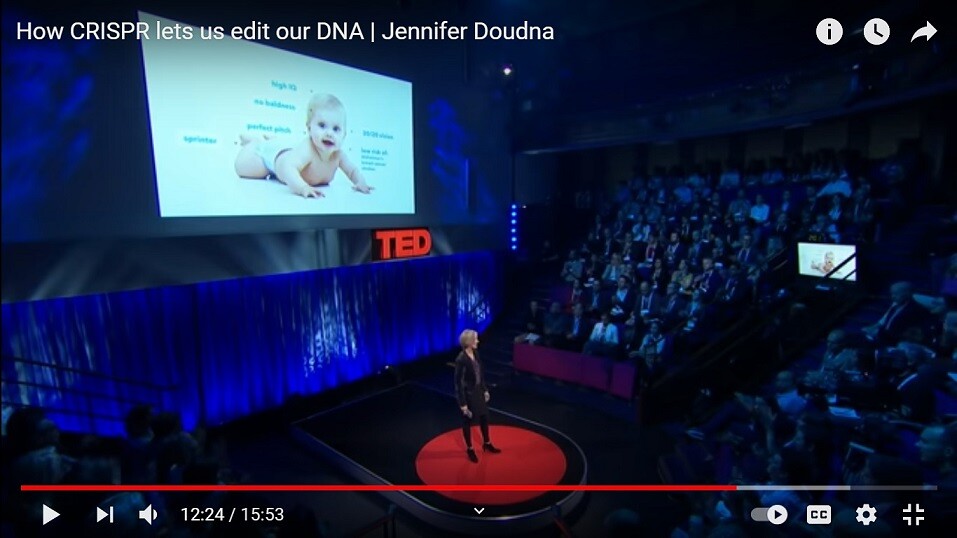

One full rotation cycle (twenty-four hours) is my basic unit of time, like one heartbeat. I feel, observe, and am even aware of the situation but there is almost nothing I can do to change it, nothing I can do to have some control over my destiny. The question is how would “I” actually see, and what/where would my memories be? Am “I” one single “I” or multiple (dis)connected “I’s”?


Travels to space and the moon gave the biosphere its first chance to see itself from a distance, through human eyes. How would such a complex entity, consisting of billions of smaller living entities, each with its own “picture of the world,” perceive the world as a single being/mind? Would that be possible at all?
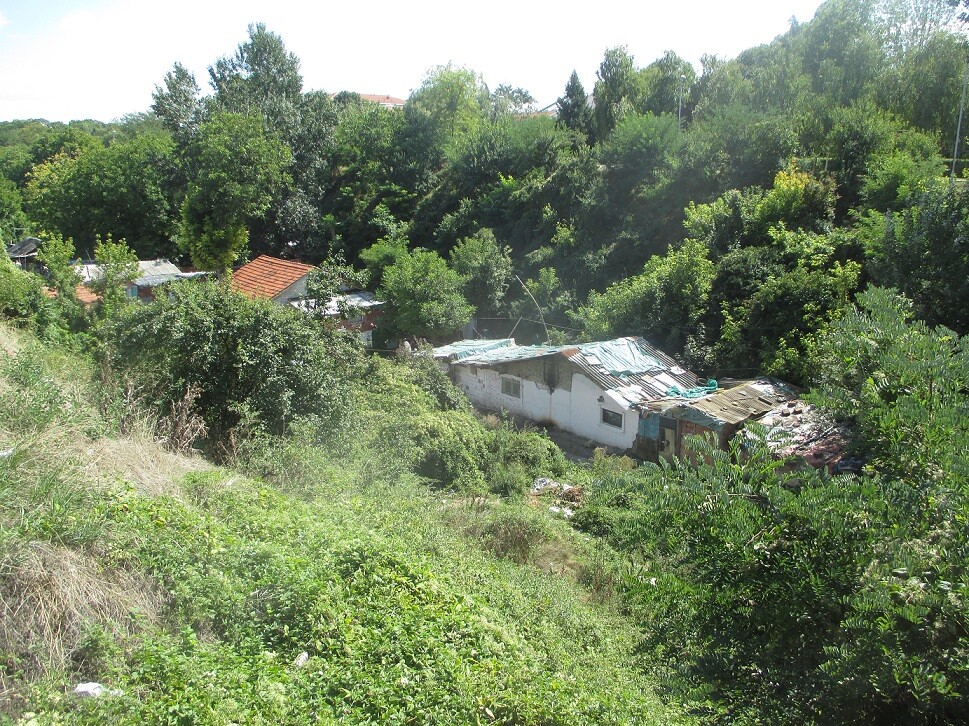

The biosphere’s balloon-like body consists of the thin layer between the earth’s crust below and the atmosphere above. It can perceive itself from within through the countless receptors of its components, and from the outside through human eyes on a space station, via satellite images, and so on.


Another question: What will be its relationship with highly developed technology (such as AI), which began with wood and stone tools? Archeological and human remains are biosphere remains as well and are preserved by it.
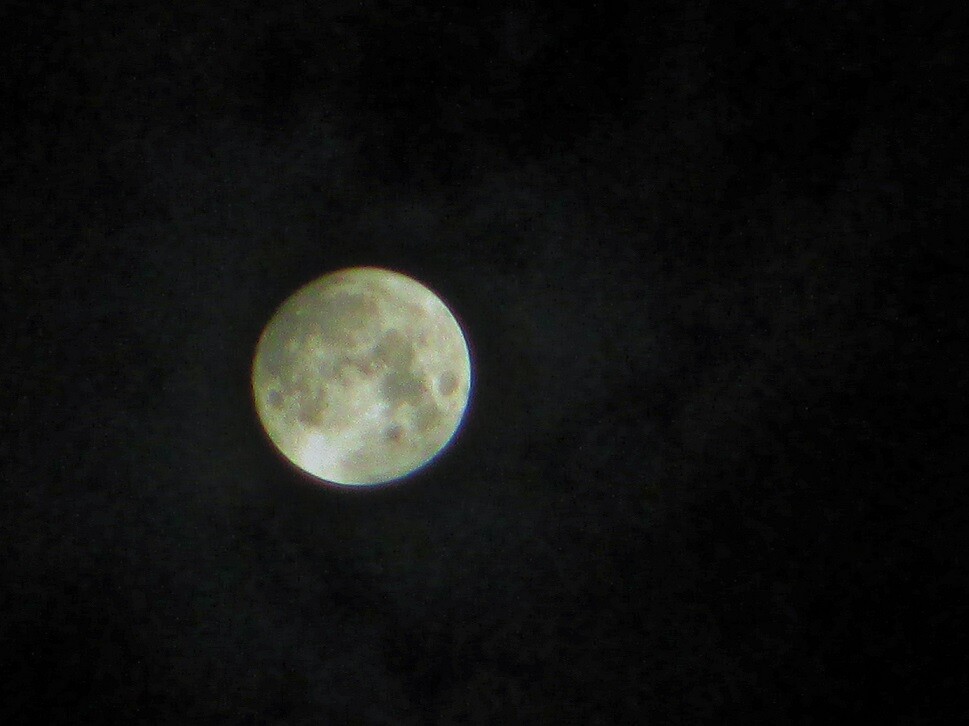

On the scale of the earth, the biosphere is almost like a cell membrane, but in this case on both sides of the membrane is nonliving matter. On the “inside” is lifeless soil, and on the “outside” is the atmosphere and beyond. It is as if all living processes are happening within the membrane itself.


Each living entity today, from a single microbe to the entire biosphere, has an unbreakable connection with the first life-form that ever appeared on earth. The biosphere was born with the emergence of this first life and continues to grow and evolve to this day. Will this process continue indefinitely, or, following the logic of life on earth, will there be a point when the biosphere dies like every other living being?
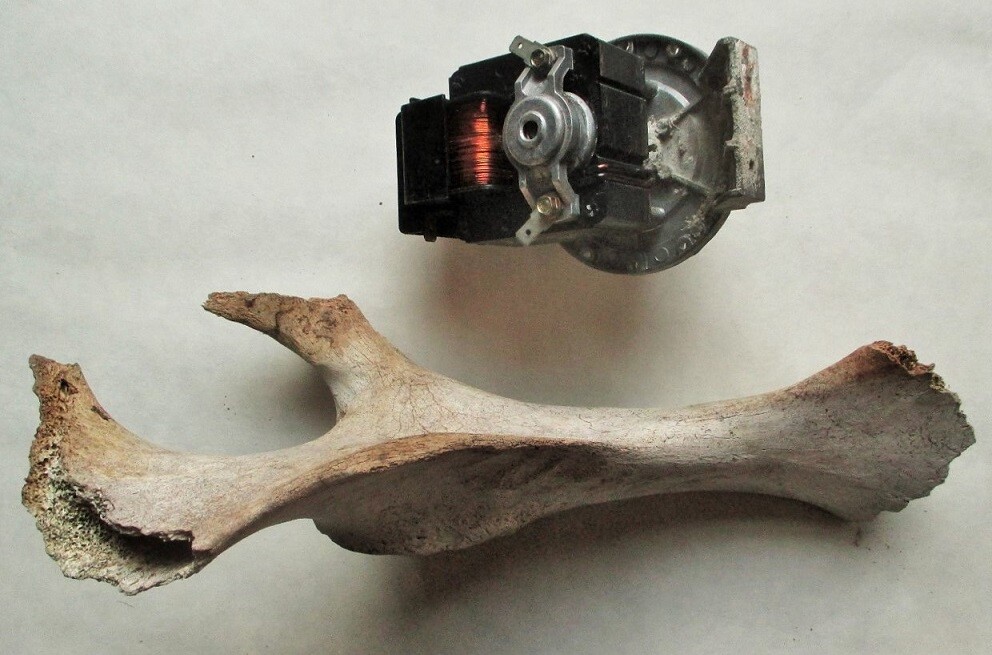

What about all the memories acquired and saved in each living being—what happens to them after each body dies? All these internal memories built into the body dissolve and disappear while new memories begin to form as each new living being is born …
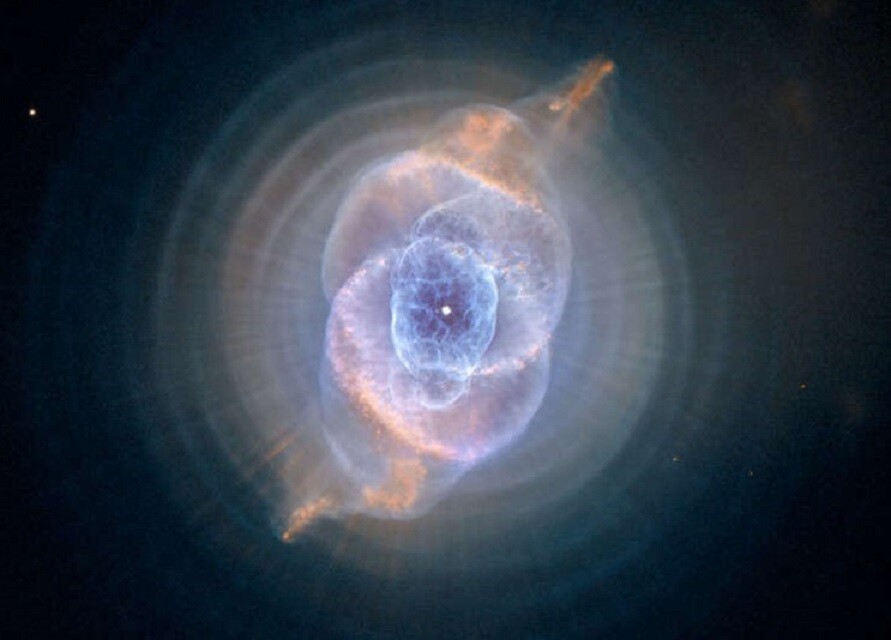

Pictures, films, texts are not memories until they are observed by a living (human) being.
From the position of survival, the earliest and simplest life-forms, like microbes, are as successful as any other existing and much more complex life-form. The emergence of life’s mystery, the transition from nonliving to living matter, is one issue; while the necessity of the process that took place afterwards, which, through billions of years of evolution led life from the microbe level to me sitting in front of a computer and writing this, appears to be another kind of mystery.
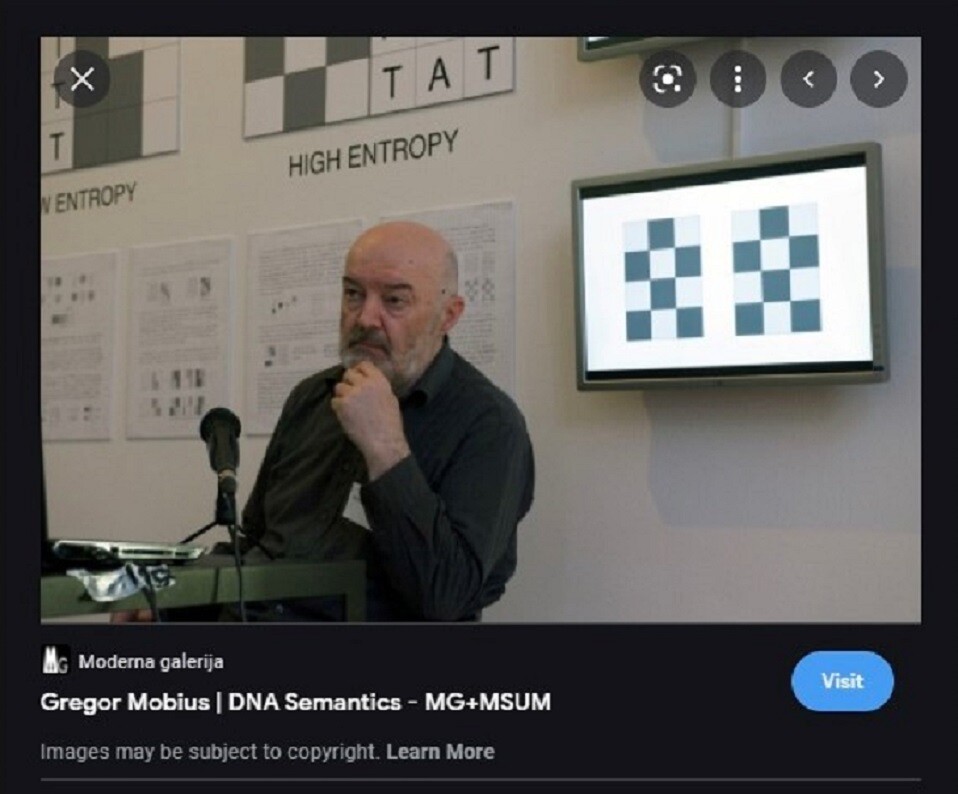

The complexity of life-forms does not seem to be a necessity for their survival on earth, but it might make it easier to move life further into space, beyond earth’s limits. This would imply that sending telescopes and humans into space is in some way encoded in the “living algorithm,” and perhaps has been since the very beginning.


I wonder if members of other species contemplate the “origin of life” or are perhaps trying to find out whether there is life beyond earth.
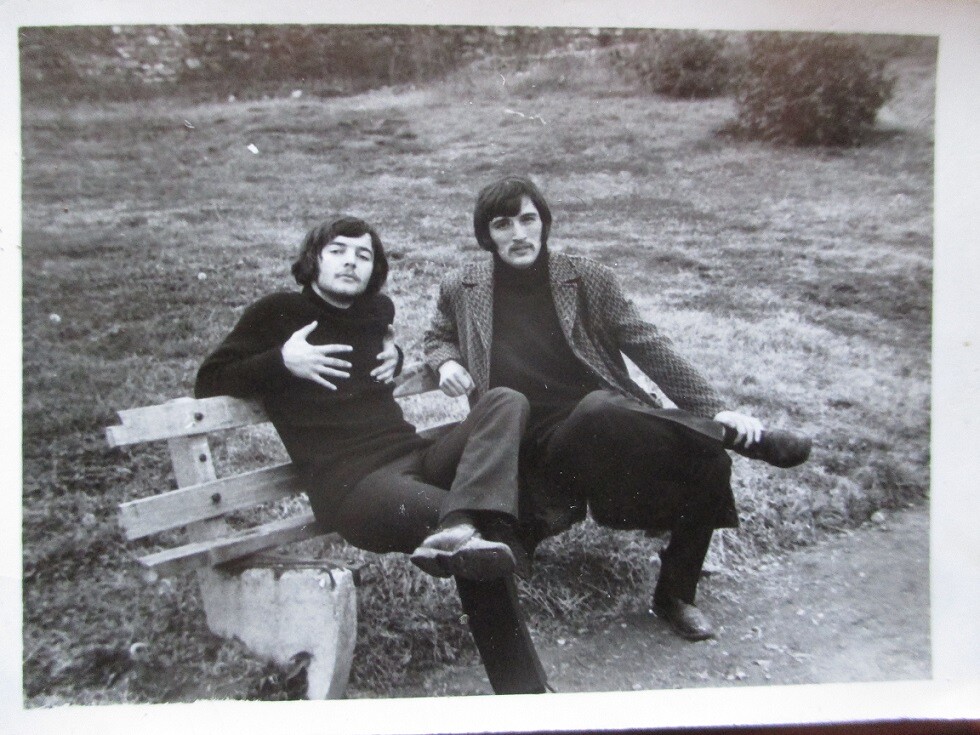

The two most important events for any life-form are birth and death. As a living entity, an observer can observe another living entity and a nonliving one as well. It can also observe itself: self-observation. This kind of observer can “see,” interpret, understand, and react to what it sees. Living is observing; it is a crucial property of survival. The question is whether it is possible for there to exist some kind of nonliving observer with similar properties.
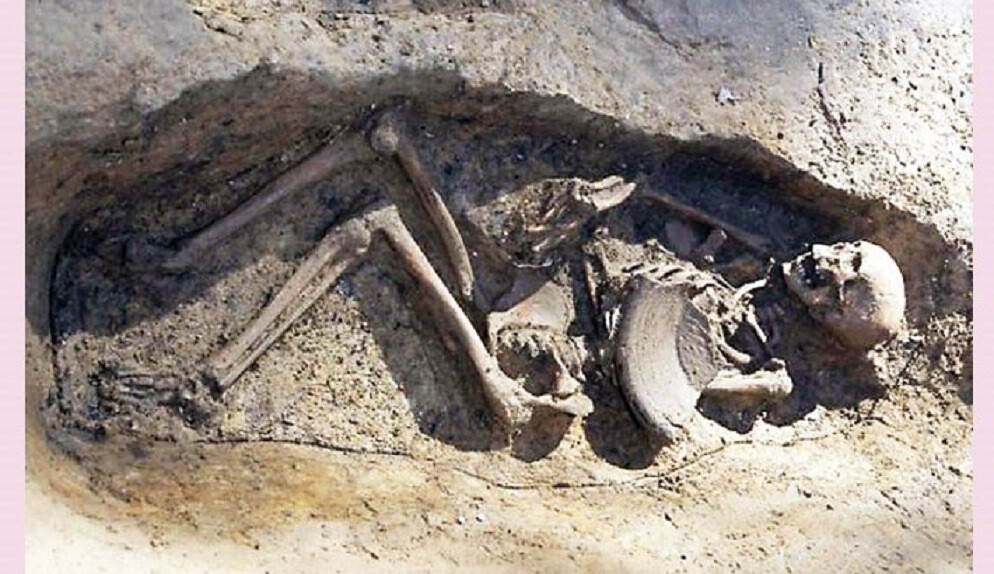

Spreading life beyond earth and the solar system would only be possible through some multigenerational expedition on a large spaceship containing a micro-ecosystem/habitat (Interstellar), or if traveling faster than the speed of light became a reality. At this point, both options seem very far-fetched. There is also the possibility of substantially extending the human lifespan.


The existence of any living organization—a single cell, a complex organism, or a society—is based on two opposite requirements: stability and change. They have to be properly balanced, since overemphasis on stability leads to conservation (black) and death while tilting toward change could lead to chaos (white) and again to death. Life is a good balanced combination of both (gray).


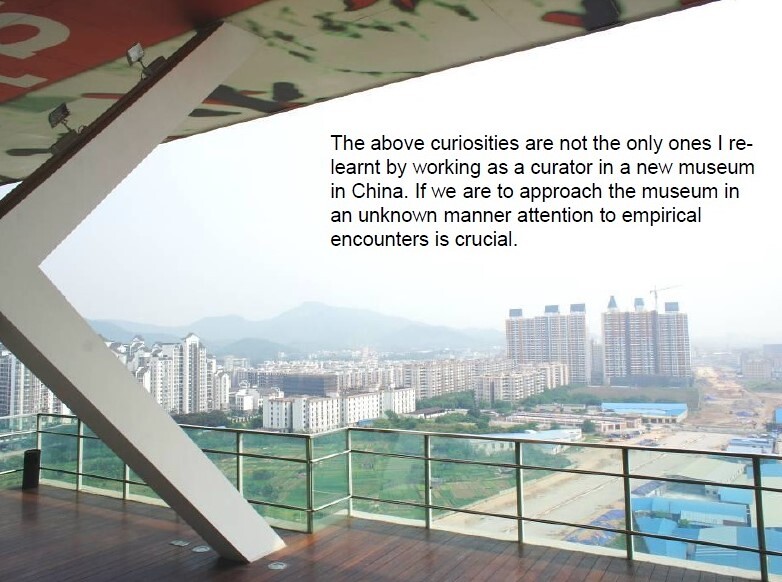

It is strange how birth and death, events of cosmic proportion for any living being, are at the same time among the most common, ordinary phenomena in nature.
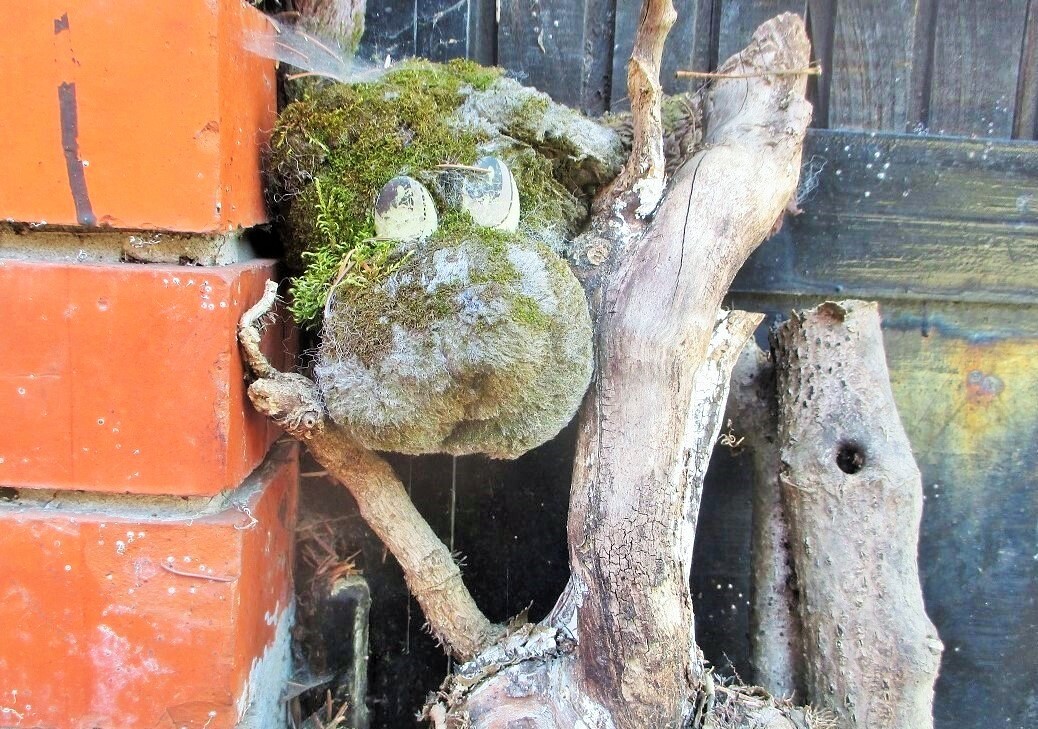

On the individual level, the main event in the life of any living being comes at the end—death. It seems there is no good narrative in which the death of an individual becomes meaningful and acceptable (the two best-known previous attempts are resurrection/reincarnation and posterity).
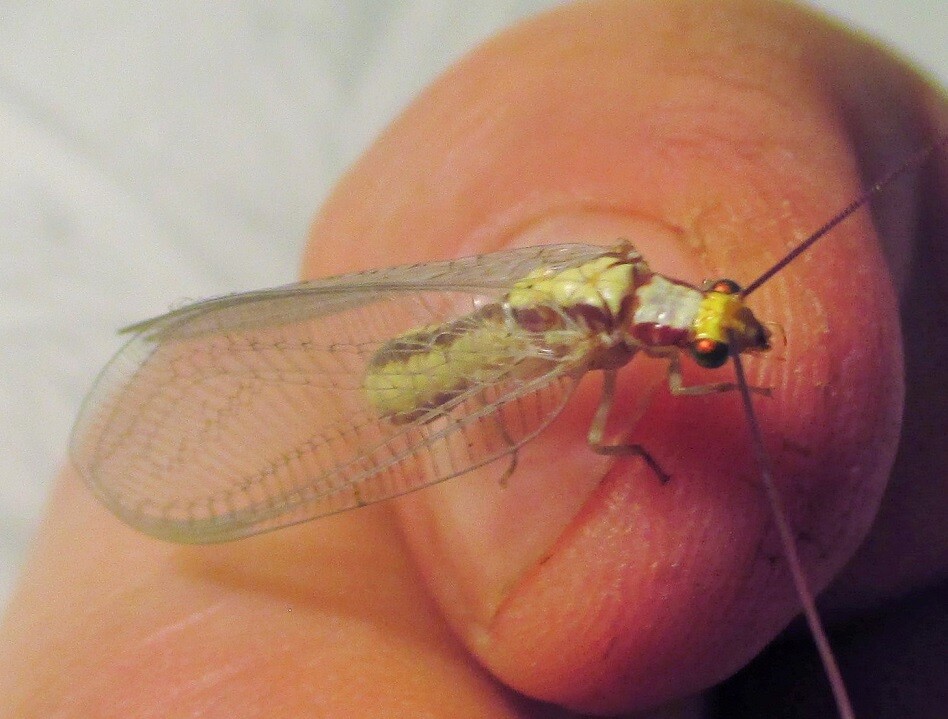

First there is fear of death. Then there is a sadness in realizing that life will eventually come to an end—not only any life or all life, but most importantly my/your life. That is the end of everything.
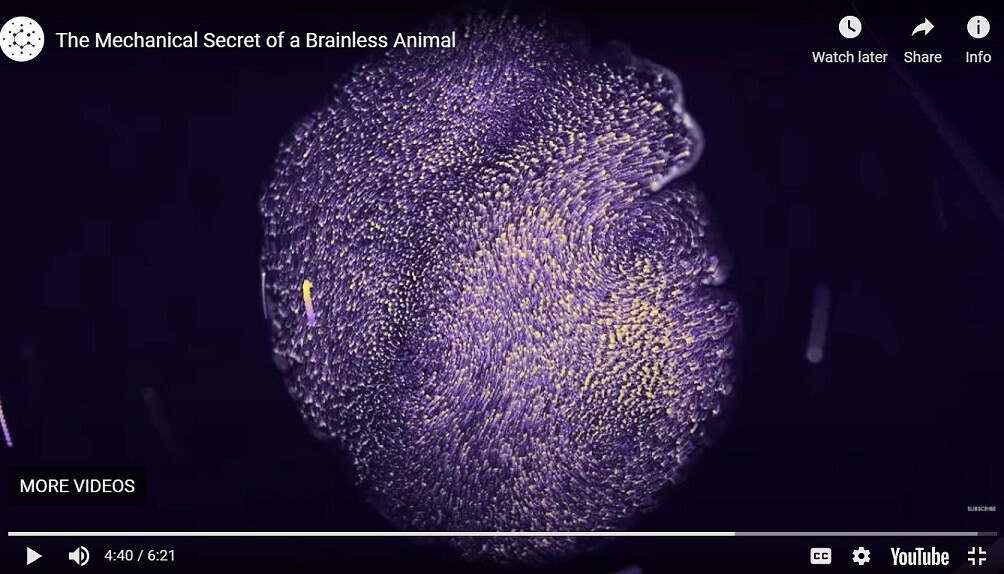

Memory is a story/narrative that gives meaning to life, enabling the idea/experience of “time flow.”
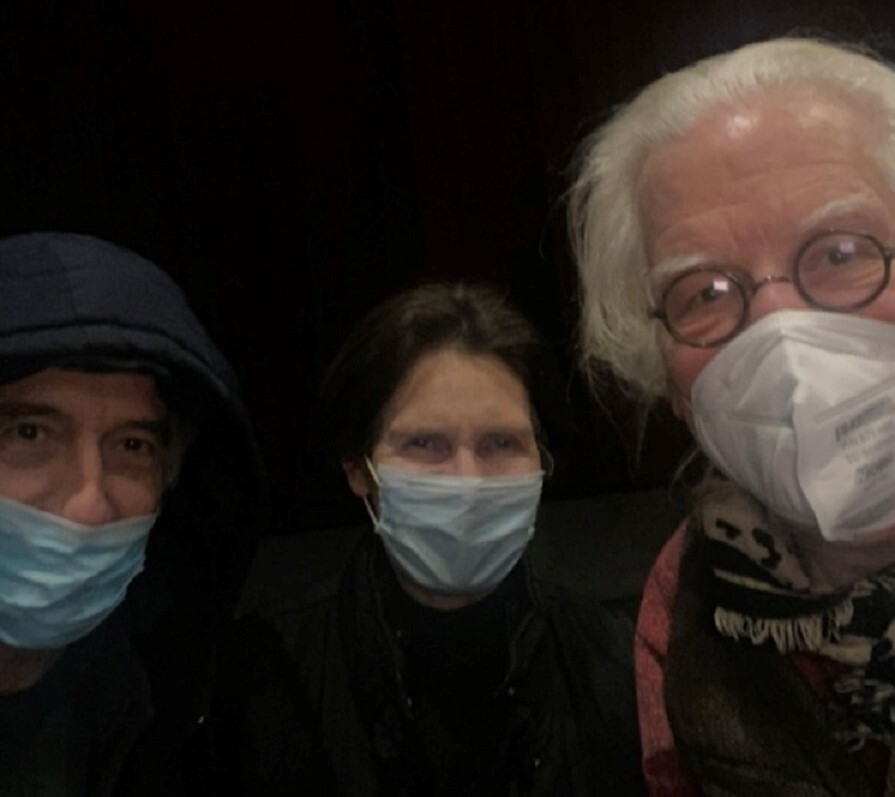

Instead of a biochemical approach to understanding the emergence of life, perhaps a perceptual approach could be more productive. This involves understanding how the first life-form perceived and interpreted the world around it (inside-outside or living-nonliving). If we could “retrieve” such images, which could be “hidden” in RNA/DNA strands of present life-forms, we could also gain some knowledge about the earliest forms of life.
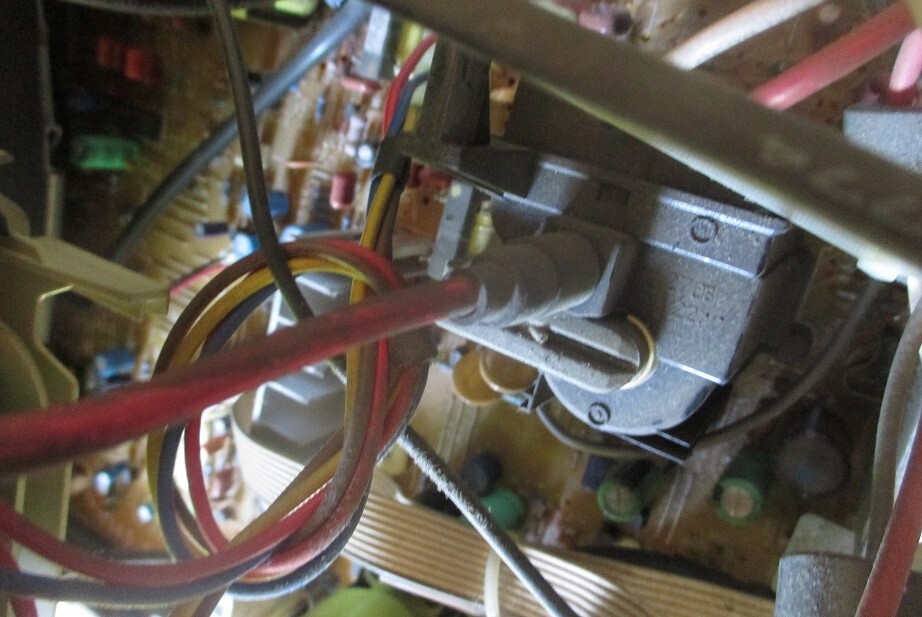

If we try to explain the emergence of life on earth through proto-RNA, it is most likely that a certain number of bases represented a “tipping point” at which a nonliving molecule became a living self-replicator, which was at the same time the first “observer.”


Below a certain order of magnitude, we all consist of nonliving matter. However, transition from nonliving into living, from dead to alive, still remains entirely unknown and unexplainable.
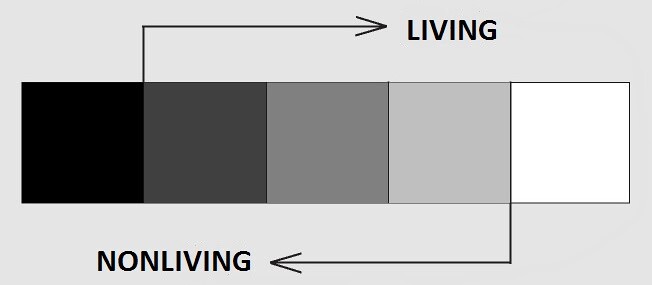



A question here is: Where does living matter end and nonliving matter begin, and vice versa? Most likely it is not a clear binary case, but happens in stages: dead (black), almost dead (dark), uncertain (gray), almost alive (light), and alive (white). This might help to explain the transition at least conceptually from nonliving to living, with three stages in between that belong to both states.


The probability of life appearing throughout the Milky Way versus life being limited to earth seems to be fifty-fifty. This resembles the binarity of images recorded by the earliest life-forms. In other words, life appeared on earth and nowhere else, or the entire universe was “teeming with life.”
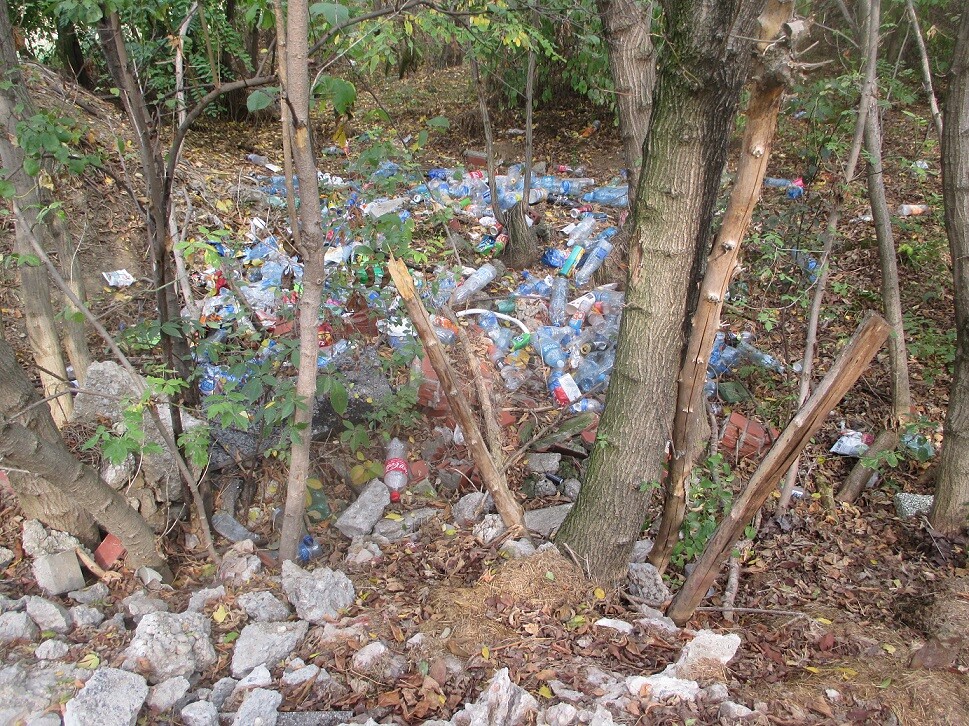

This is an example of how we can come up with opposite conclusions from the same “facts.” It is worth noticing that these statements/observations/assumptions are only possible from a living position; they are beyond the reach of nonliving matter.
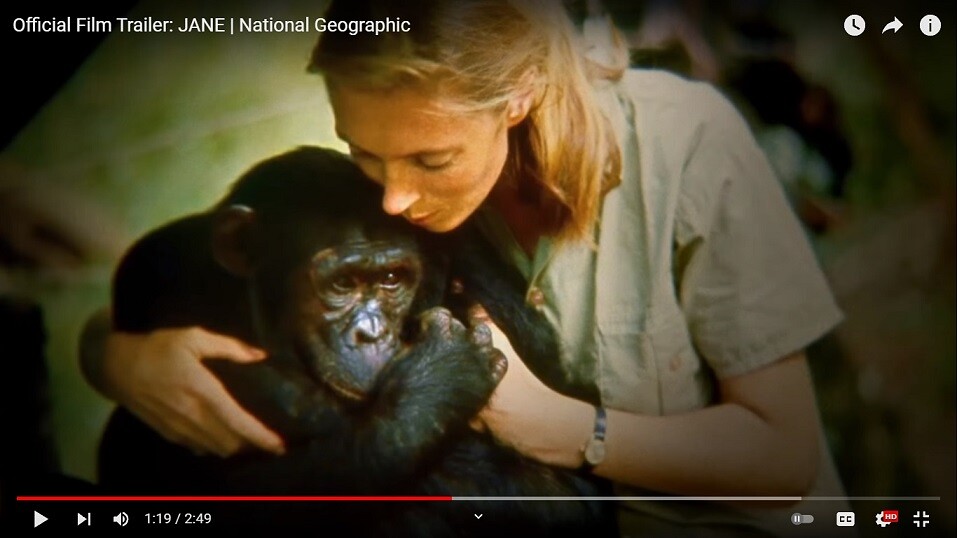

Abiogenesis, the emergence of life—turning nonliving into living matter—is happening all the time with all living matter today. Below some order of magnitude, all living matter on the level of molecules of water or CO2 consists of nonliving matter.
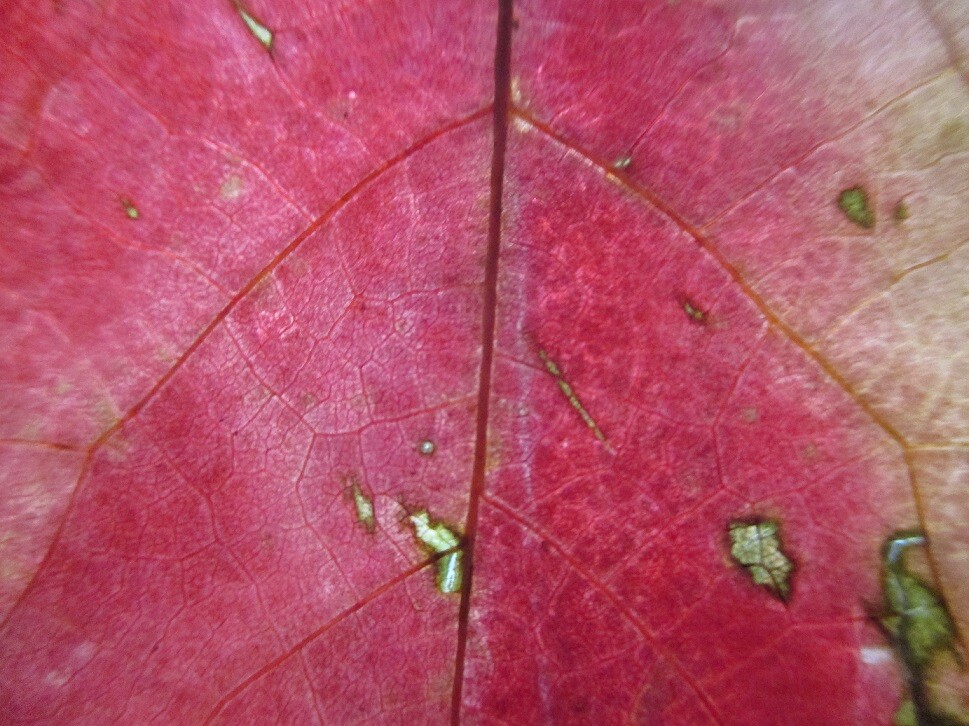

As we zoom out and the picture gets larger, at what point do these nonliving molecules become alive, and what makes them turn into living matter (“proton motive force”)?
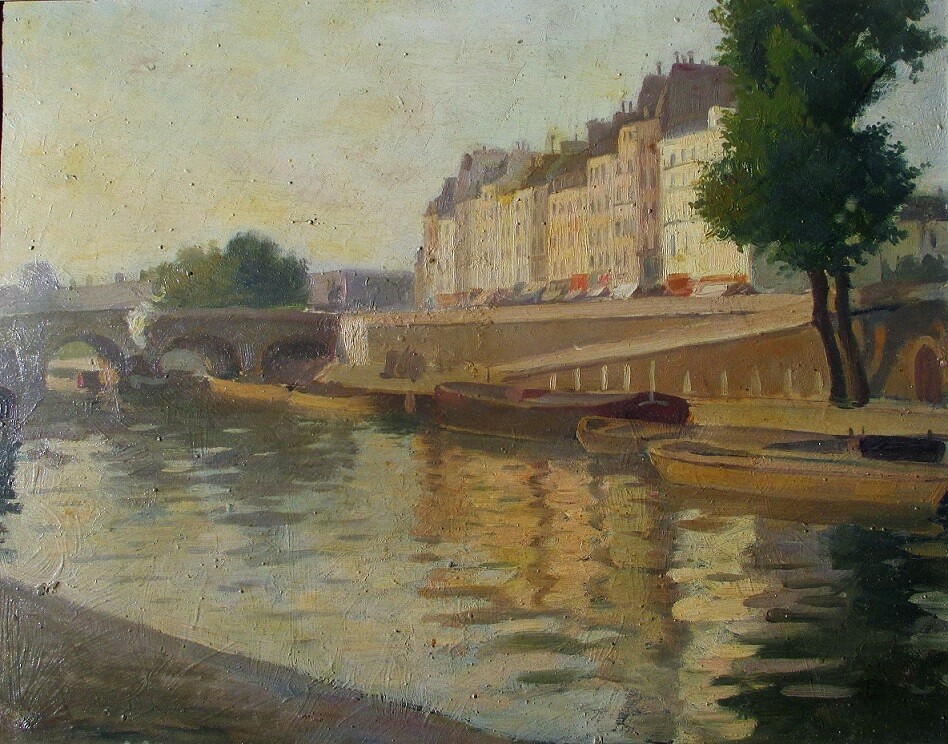

Eternity is timelessness; it is nonliving death. Life is finite, temporary, but it is meta-nonliving. The living can see/observe the nonliving (and the living), while the nonliving cannot see either the living or the nonliving.


If 2D images derived from RNA/DNA sequences are “pictures of the world” recorded by living matter, then perhaps another kind of life-form, regardless of its molecular structure, might perceive the world in a similar way. Its “pictures of the world” might correspond to those recorded and saved within RNA/DNA.


In other words, if the two living forms are structurally different, having different or even unrelated material properties, they might still perceive the world in a similar way. Temporariness is the price life must pay in order to be able to see the world.
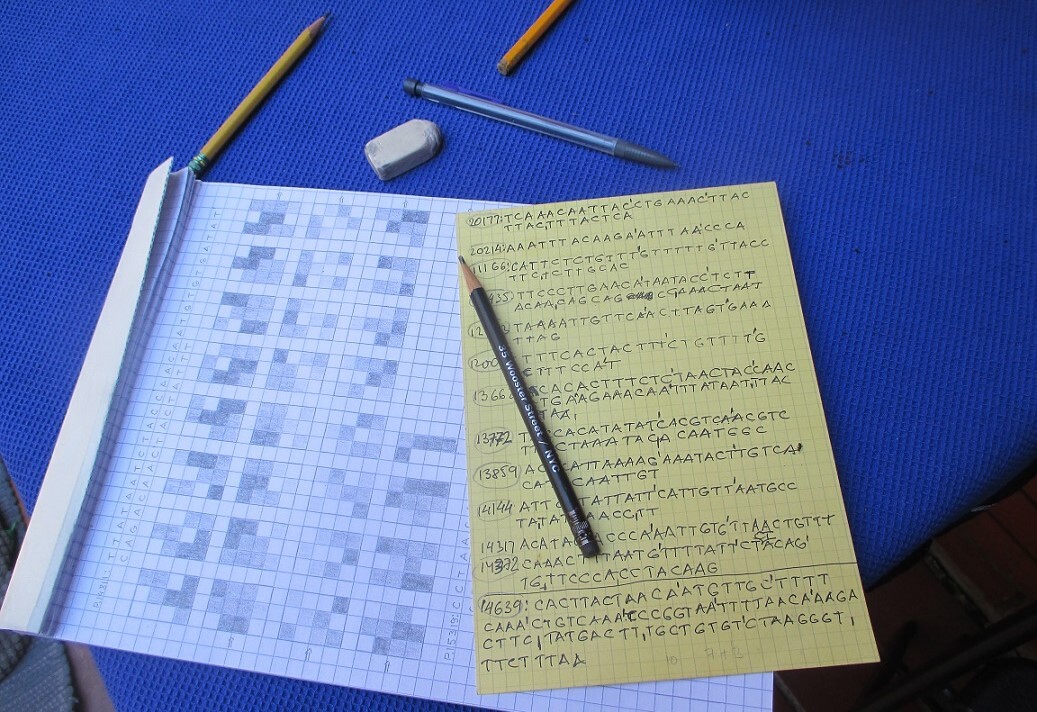

One of the most important properties of any life-form is the ability to, in a certain way, interact with/observe the world around it. But there is no observation without some form of memory. A life-form can see/recognize those properties of the world that have previously been observed and stored in its memory. The end of life (death) also represents a state without memory, a state of complete oblivion. Perhaps it makes sense to structure this transition from memory to no-memory in five stages/degrees, using the familiar five-element gray scale.
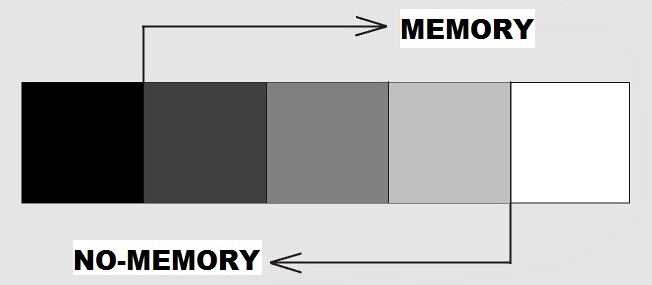

If the Big Bang hypothesis is correct, then there was a time when there was no life in the entire universe and life must have appeared as a process of abiogenesis. Thus, whether life appeared on earth or came from space (panspermia), it is a result of biogenesis—from nonliving matter came living matter.
There are three fundamental unknowns: What is life? What is consciousness? And what is intelligence? The question here is whether intelligence is a property of living matter alone.
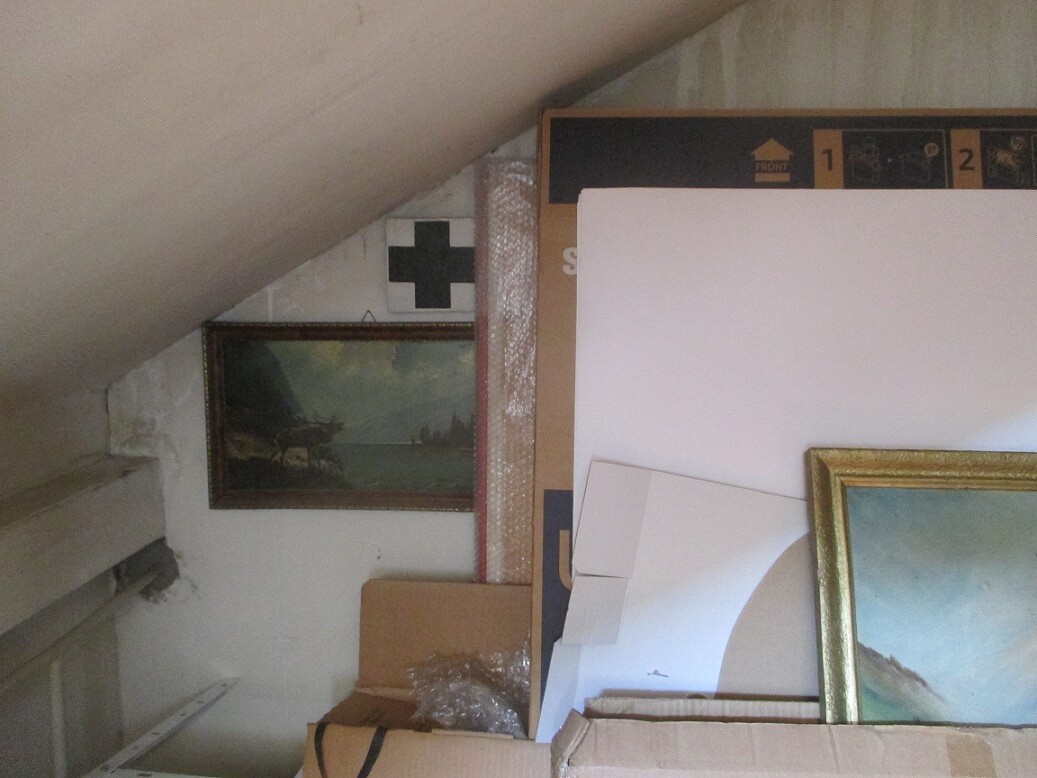

It seems that evolution was not necessary for life to survive on earth. For example, there are many more microorganisms now than there were three billion years ago. However, evolution appears meaningful and even necessary in case of some destructive catastrophe on earth (a huge meteorite, climate change).
Only life in the form of human beings could anticipate this kind of event and perhaps be able to move some of its members beyond the earth, thus preserving life.
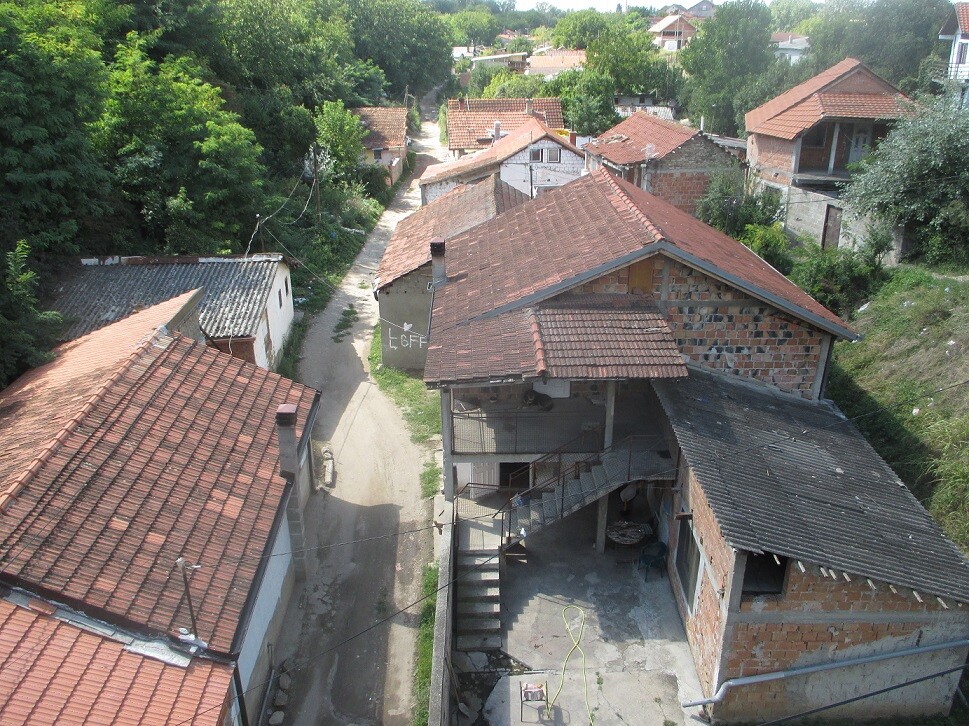

In order to understand/explain the transition from nonliving to living matter, it will be necessary to come up with a completely new approach, something based on assumptions and logic very different from those that have been tried unsuccessfully so far. Perhaps a very different way of understanding what life is.
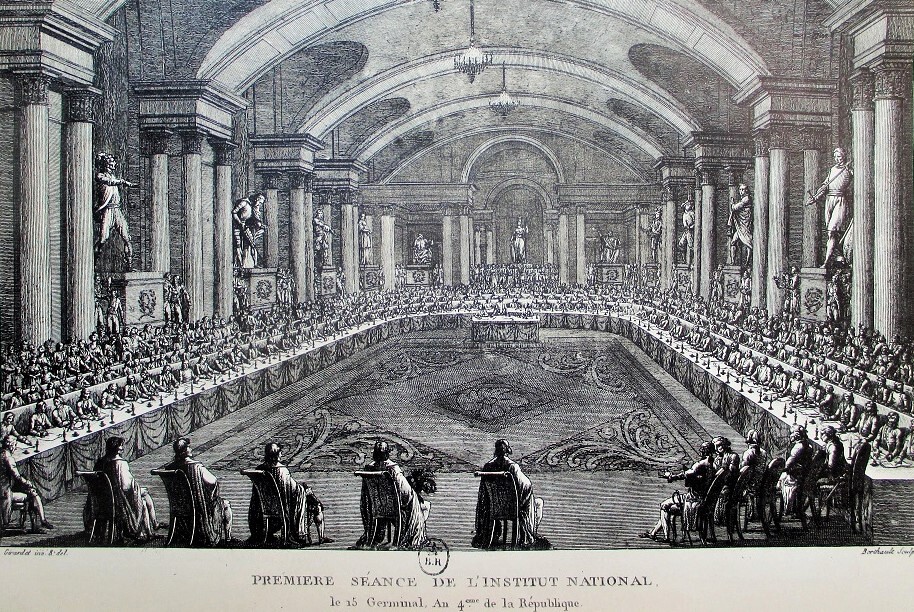

Two important properties of life are “pleasure” and “pain.” No living entity is independent of its environment. In fact, pleasure and pain are two inseparable parts of life and its metabolism. In this sense, the crust, water, and air that make up the biosphere’s immediate environment are its integral parts.
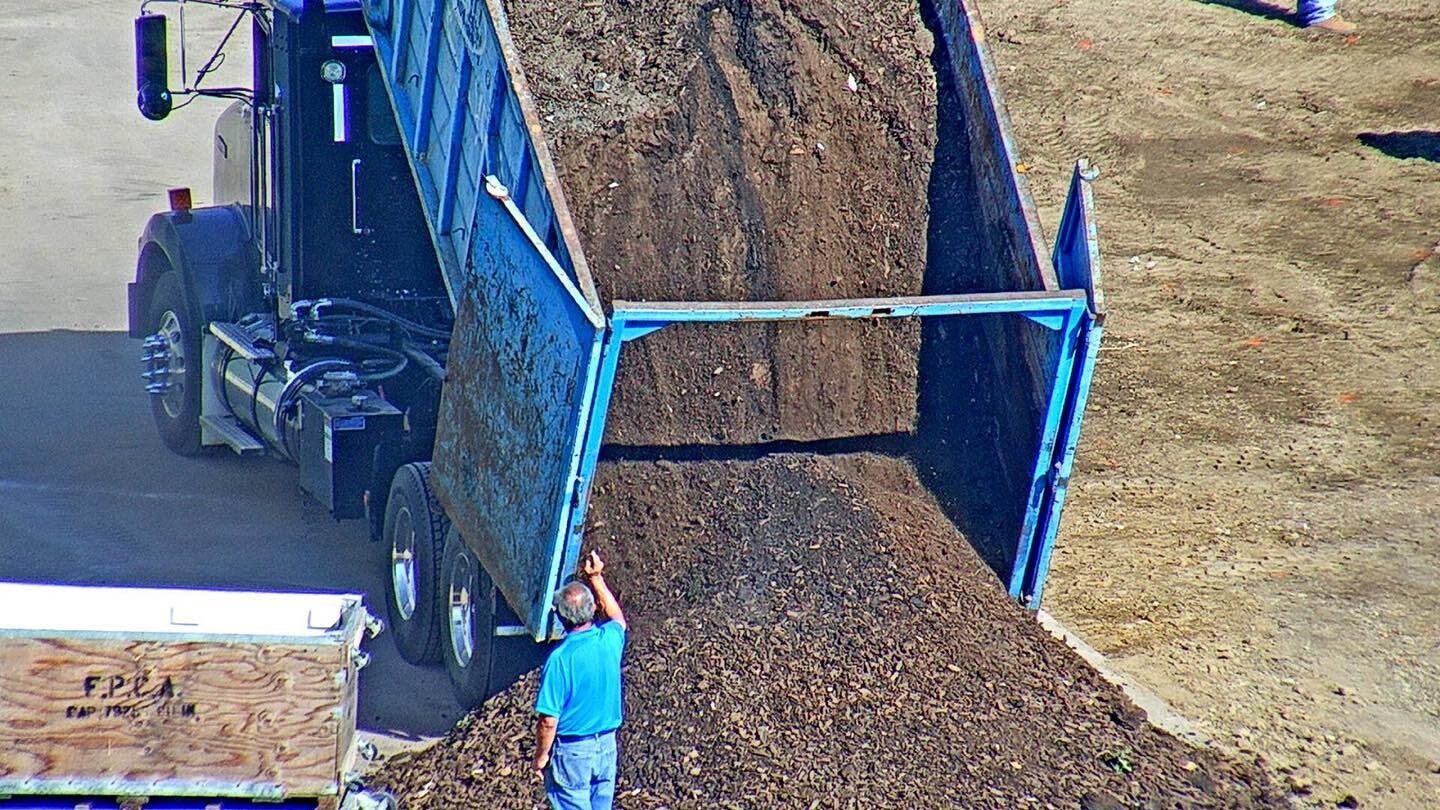

Perhaps we should use a different time scale for the period when the biosphere consisted only of one-celled organisms. It is similar, let’s say, to a baby’s first year compared to any year of its adult life. In other words, biological time is not the same as chronological time. This might mean that three billion years of a single-celled biosphere was in fact biologically much longer (?).
In the Cambrian explosion, life begins to go above and below the ocean floor. From horizontal 2D space, it begins to move up and down into 3D space.
It is important and necessary to begin articulating a story about the world/life/existence that is completely different from one that is dissolving now. The way that someone like Descartes already tried to do once upon a time.
The question today is: What should the properties of the next master narrative be? Who should be its leading characters and what kind of life-forms should they be? Should this story be based on individual characters at all? Also, what should the key notions (ideology) behind the narrative be? What should its concept of time be, if time should be one of its key elements at all?
There are two existing grand narratives, each with its own story that follows a chain of connected events/sequences and each with its own interpretation of the collective past. One takes the life of Jesus (or the creation of the World) as a starting point, and another begins with the first humans or the Big Bang.
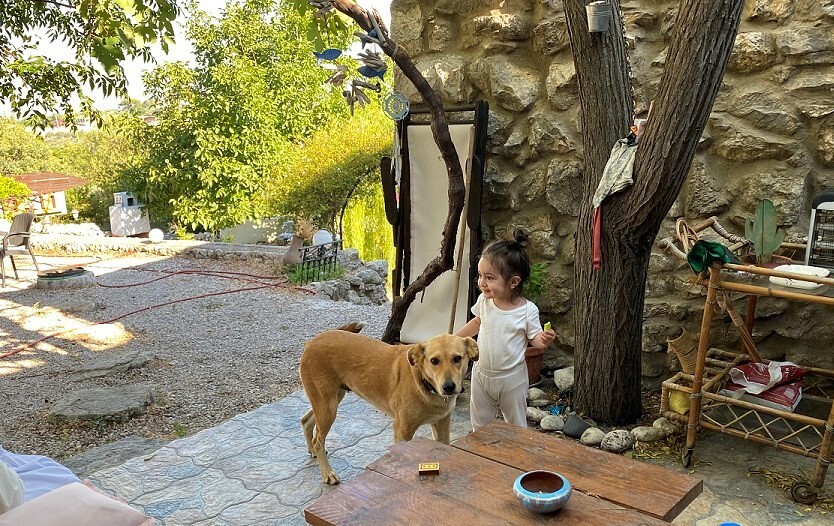

Both narratives also contain a vision of the collective future: in one it is apocalypse, in the other it is progress. There are characters in each; some may be fictional and some may be real (historical). But in both cases, for those who believe in a particular story, these characters are “real.”
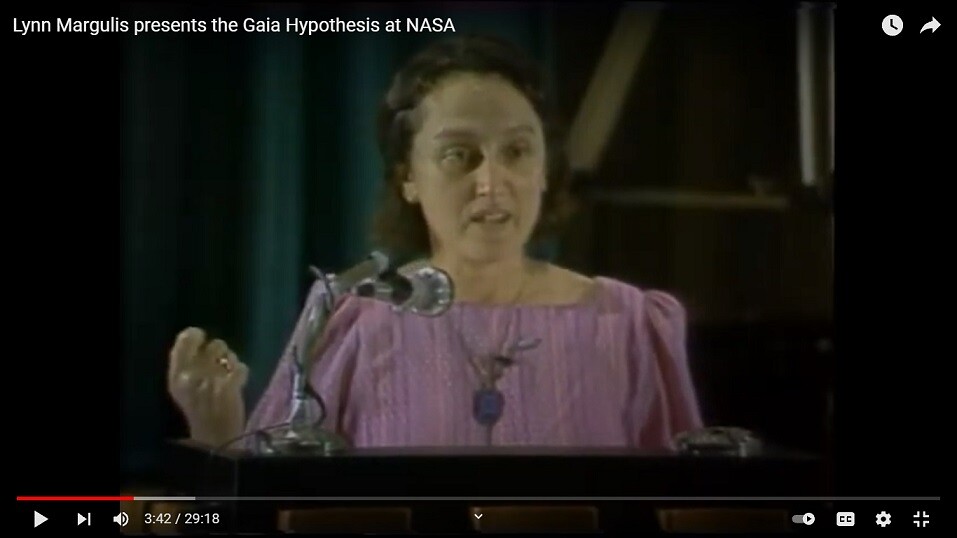

All of this describes the collective narrative that determines the ideology and values of a certain social group. On the other hand, every group consists of individuals, each with their own personal story (life story) that begins with birth and ends with death.
There are also relationships between individuals of a certain group, and relationships those individuals have with people outside the group (not “us”).


What is the relationship, then, between the stories of each individual and the collective narrative? How does the individual understand the end of life in relation to the collective narrative? (Think, too, of cases of self-sacrifice and martyrdom, when an individual life is sacrificed for the collective story/ideology).
How does one’s everyday narrative (structuring “a day in the life”) relate to one’s individual life story and to the collective story? What is the relationship between the biology of life (including birth and death) and both the individual and collective narratives?


From nonexistence we came to existence, and from existence we will go back to nonexistence (birth—life—death; nonliving—living—nonliving). Again, the two key events for any individual are birth and death.
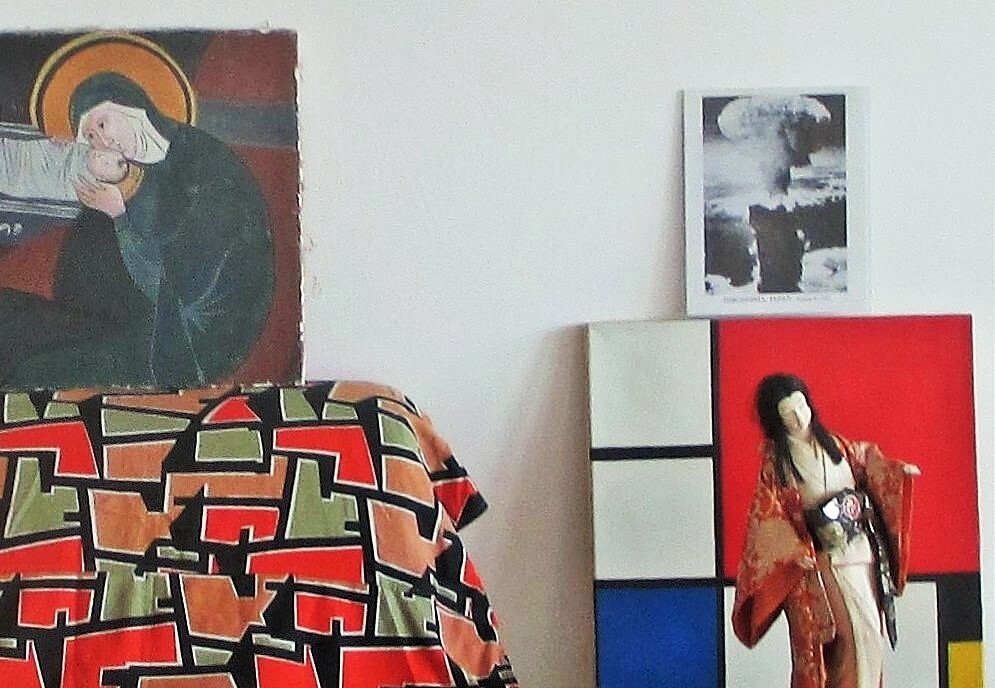

However, since there is generally no such thing as pre-birth memory, or memory of one’s own birth, anticipation of death becomes the main conception of life/existence.
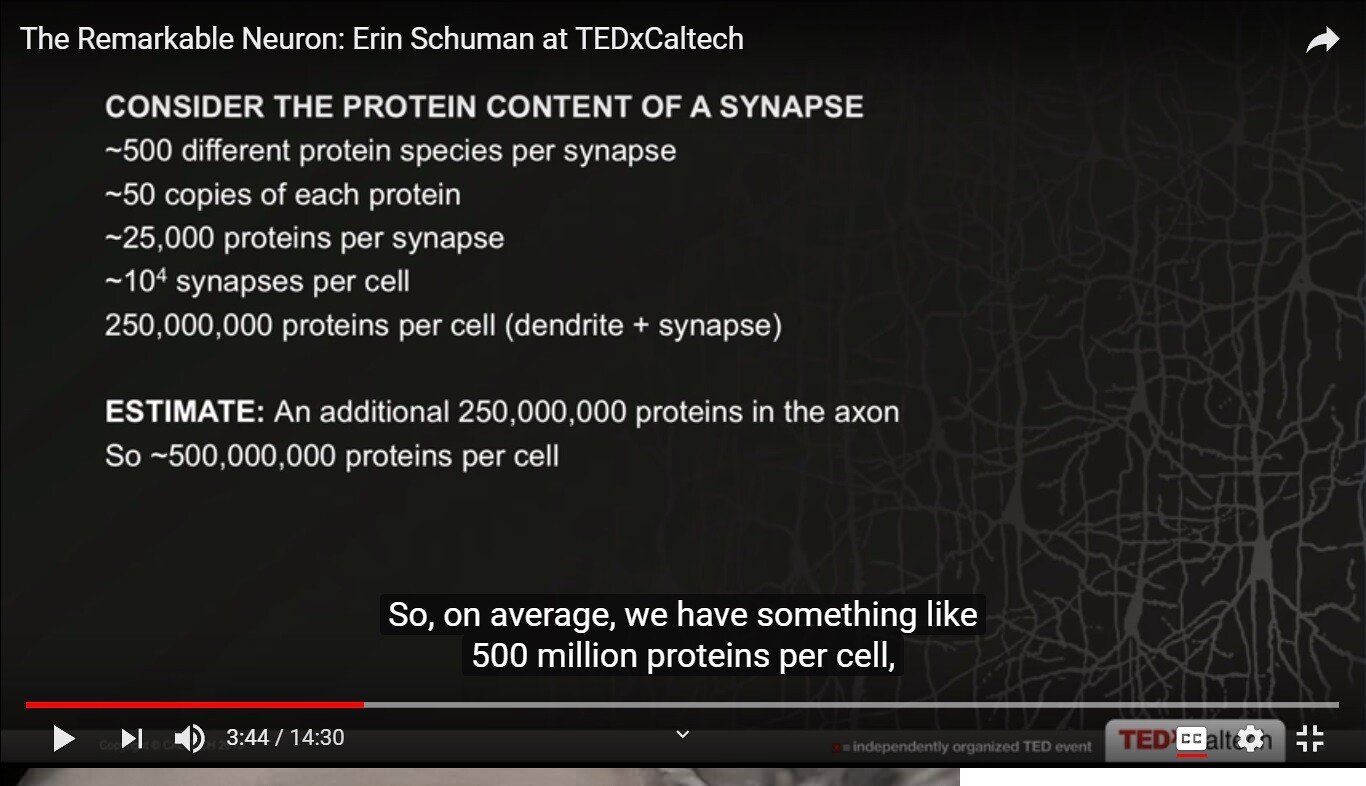

How will the next big narrative relate to the previous two mentioned above? Will it forget them or remember them in its own way (like a meta-history, for example)? The last two millennia of “Western Civilization” have been defined by Judeo-Christian and historical narratives. The next narrative should be broader, and relevant to other civilizations as well.
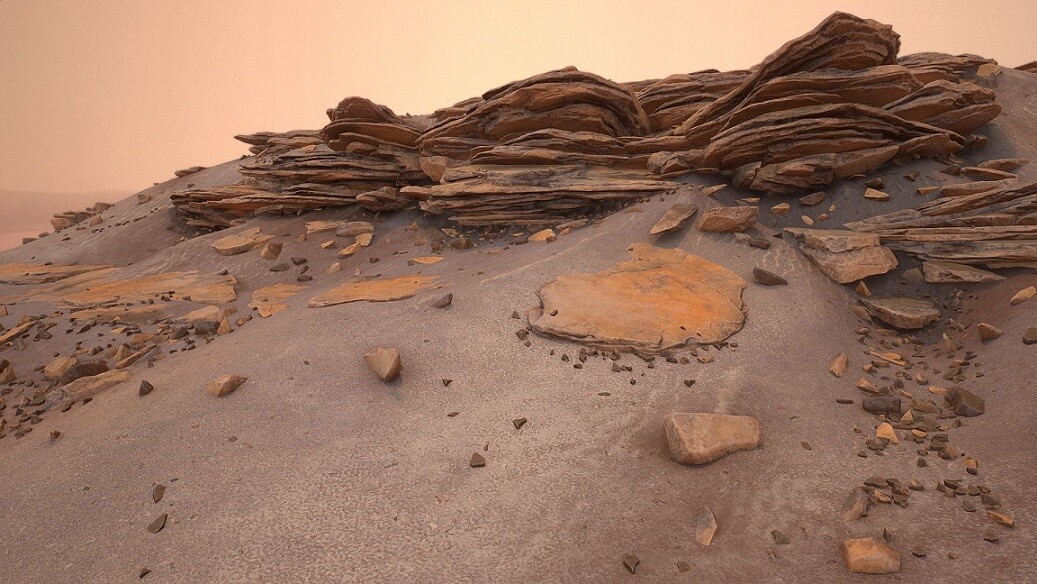

The way astronauts carry a micro-atmosphere with them into space resembles the first life-forms that moved from sea to soil, carrying within them a micro-hydrosphere.
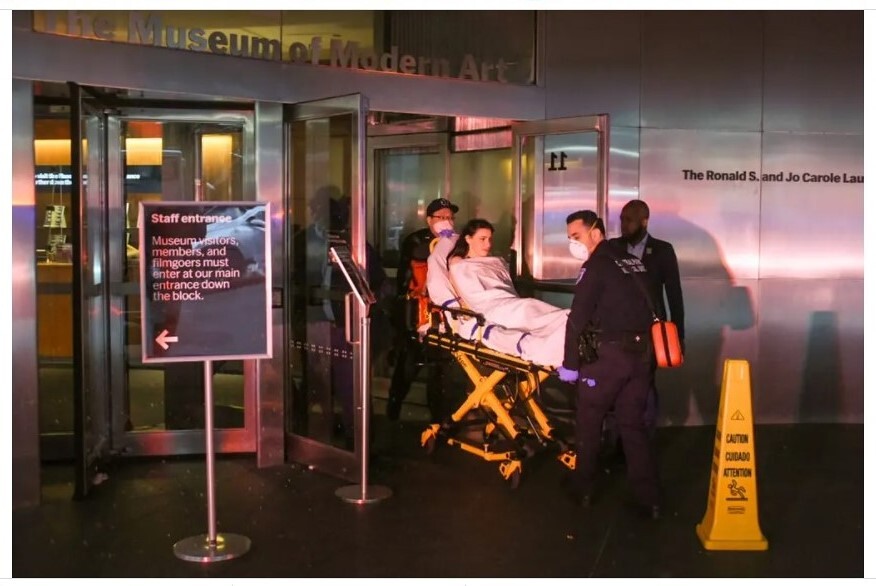

One possible option would be a narrative from the perspective of some nonorganic (AI) entity, or from some alien, non-DNA-based life-form.
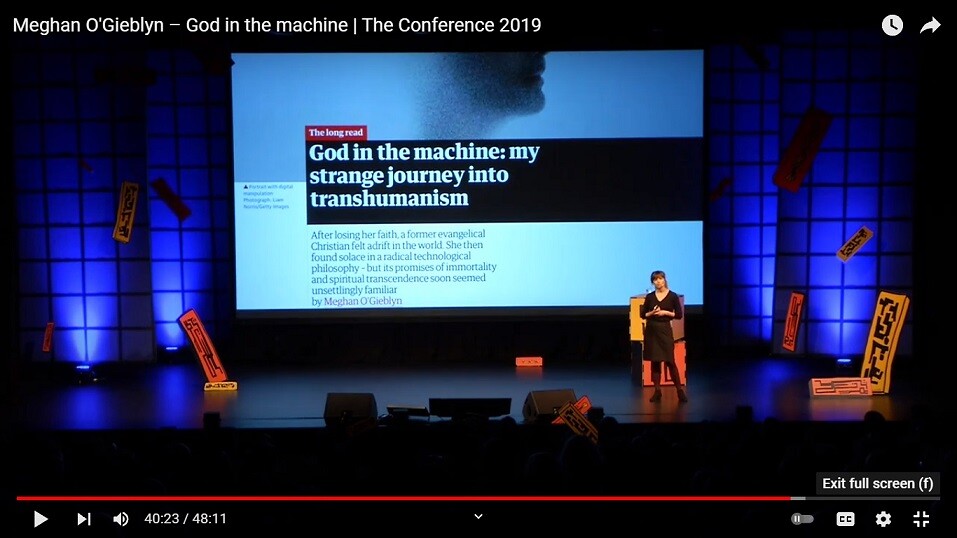

Another related question is whether the biosphere could ever reach the point of self-awareness, and if so, how would that happen?
If the biosphere ever emerges as a single being, what would be its main properties? Would it be able to “see” the world only from the inside out, or might it become capable of perceiving itself from the outside as well? This seems highly unlikely since it would have to be in a position outside of (organic, DNA-based) life as we know it.


Perhaps it might start as something modeled after a flock of birds and then morph into something modeled after an ant colony. At some point it might even become something closer to a complex living organism with highly specialized cells and organs, with a brain as its central organ. In the case of this biosphere, the human (brain) network would be parallel to a single (human) brain.
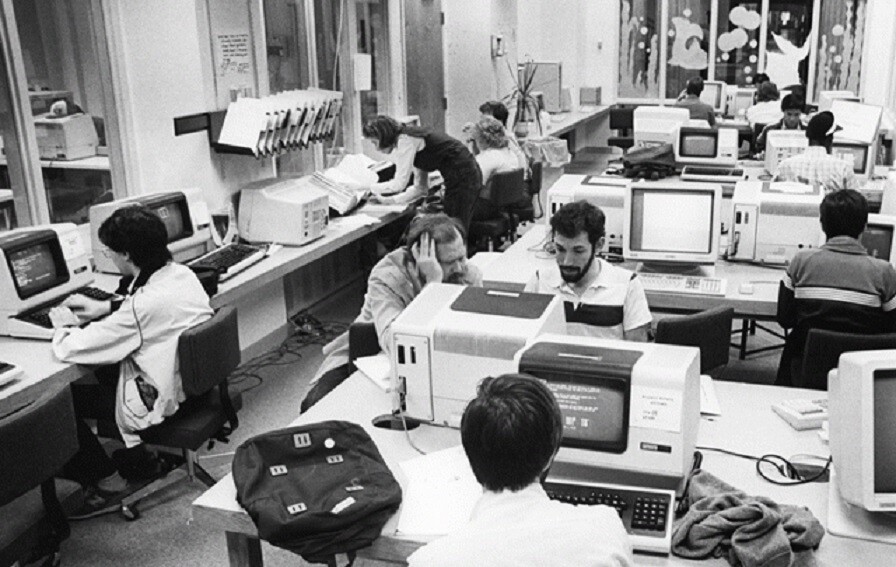

For higher, multicelled organisms, there is a specialization of cells and a division of roles/labor, but parallel specialization appears among ants and bees. Which of the two models of organizing living matter—bird flock or ant colony—might be manifested or expressed by this biosphere?


How would the phenomena of the emergence of living matter differ from that of nonliving matter? How does the transition from single-celled to multi-celled organism differ from the transition from one fish to a school of fish, or one bird to a flock of birds?


This question illustrates the fact that the same unit can take part in forming different types of emerging phenomena (i.e., a stream or a wave), and that it can even take part as a unit within another emerging event (i.e., a droplet and a wave). Also: the transition from, for example, a gas atom to a liquid molecule is not a matter of large quantity, but from a droplet to a wave it is.
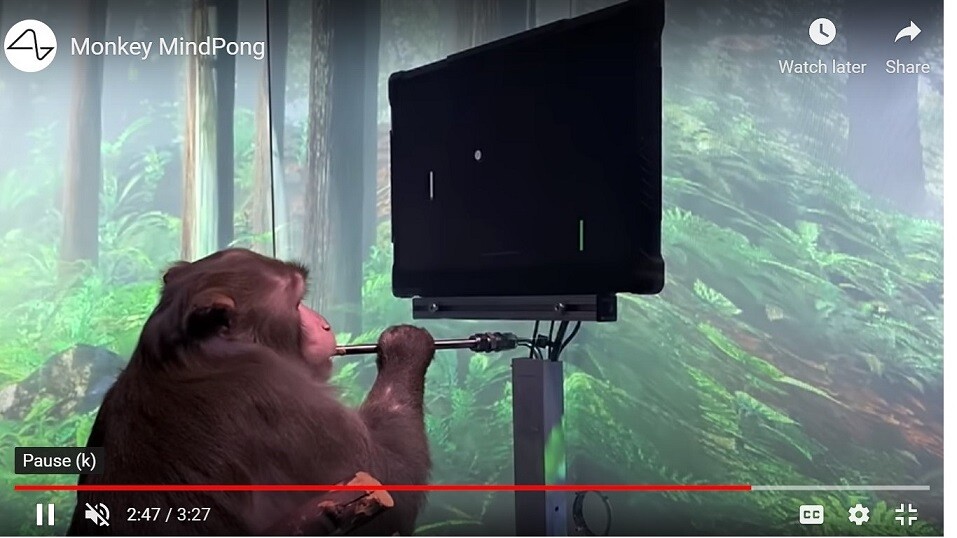

Do the emergence processes of nonliving and living matter (like water and ants) have similarities? It seems that for nonliving matter, the tipping point is reached by amassing a quantity of units.


First, two gas atoms of hydrogen and one of oxygen produce a liquid molecule of water. Then a number of water molecules together produce a droplet of water with its own emerging properties. Then a single water droplet joins many others to produce a river stream or an ocean wave.
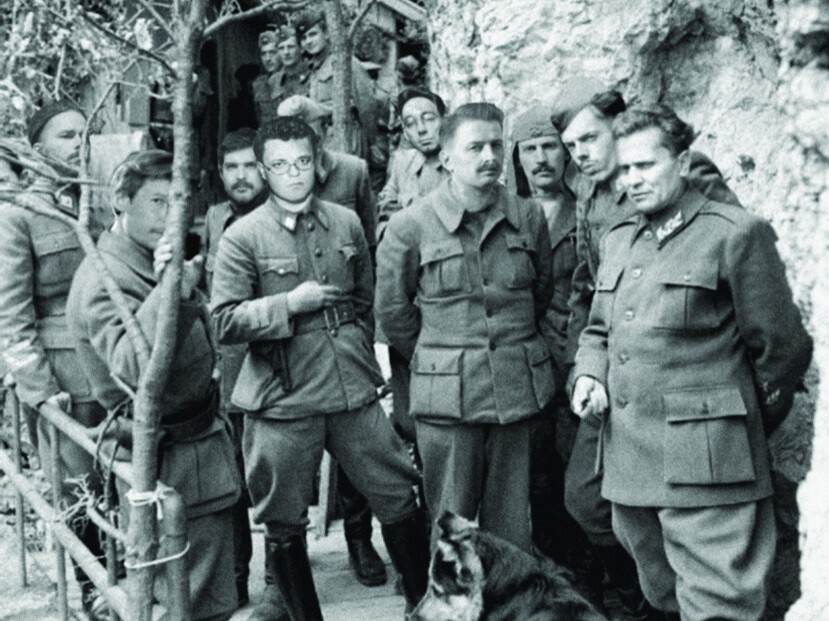

What is the tipping point in the process of moving from one stage (a single bird) to another (a flock)—from a single entity (unit) to a much larger group formation with very different properties? Does something similar happen in the transition from nonliving to living matter, and vice versa?
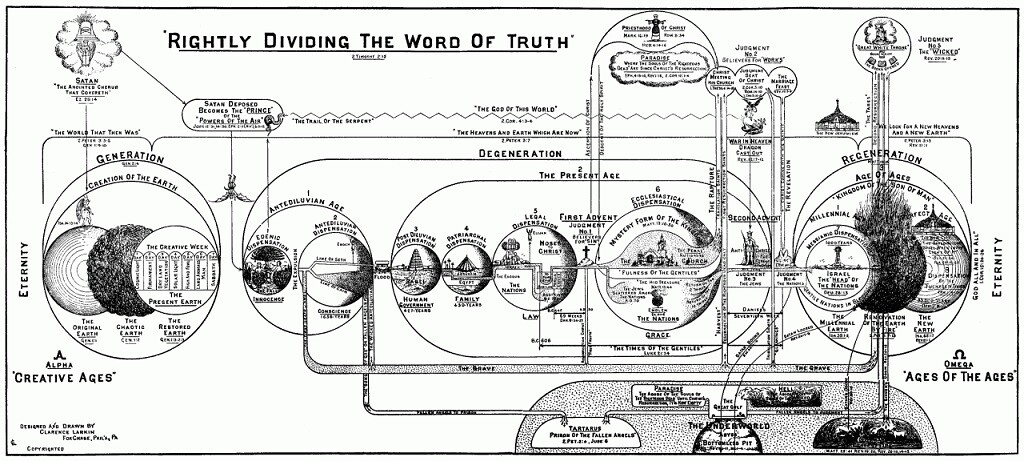



When the elements or parts of an emerging entity (a fish in a school, a bird in a flock, or an ant in the colony) take part in forming a new, larger entity, it appears that each individual part is not “aware” of this, that they do not and cannot “see” themselves as a part of the emerging phenomenon from the “outside.”


The end of Life/observer is the end of the Universe/observed.